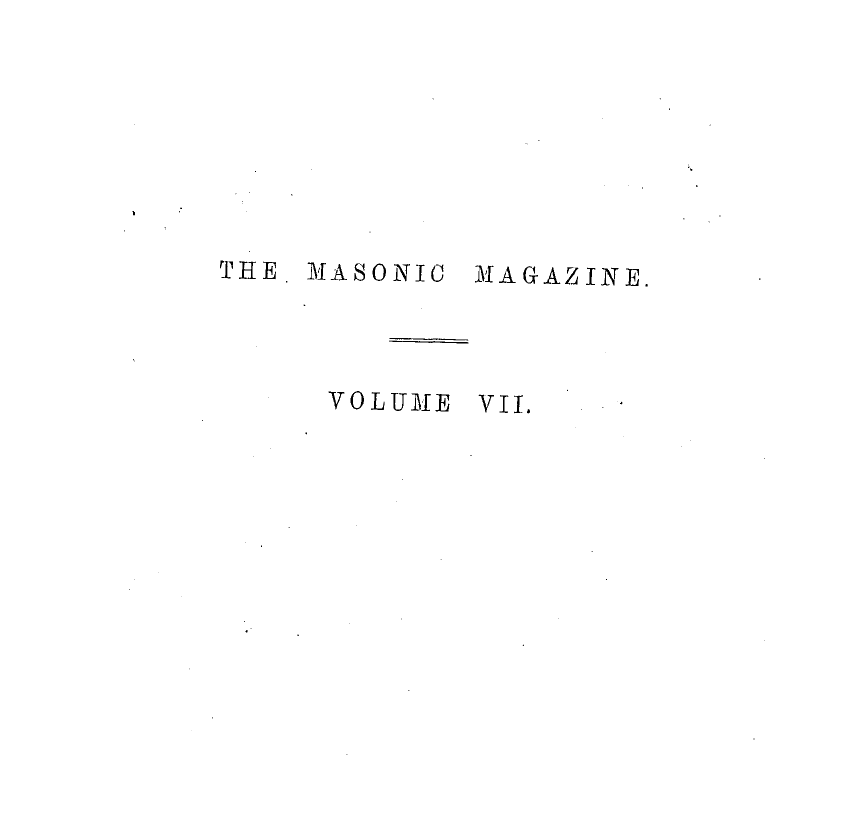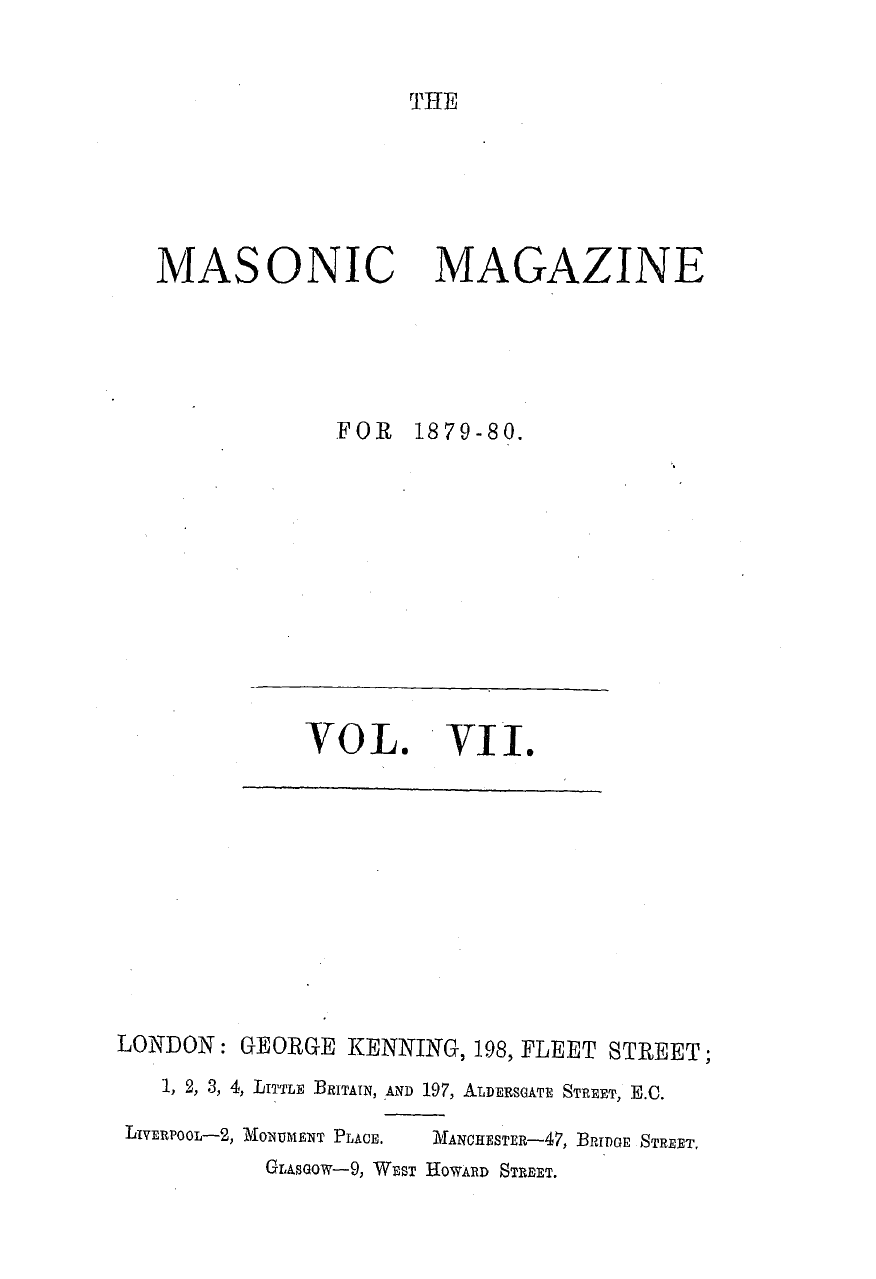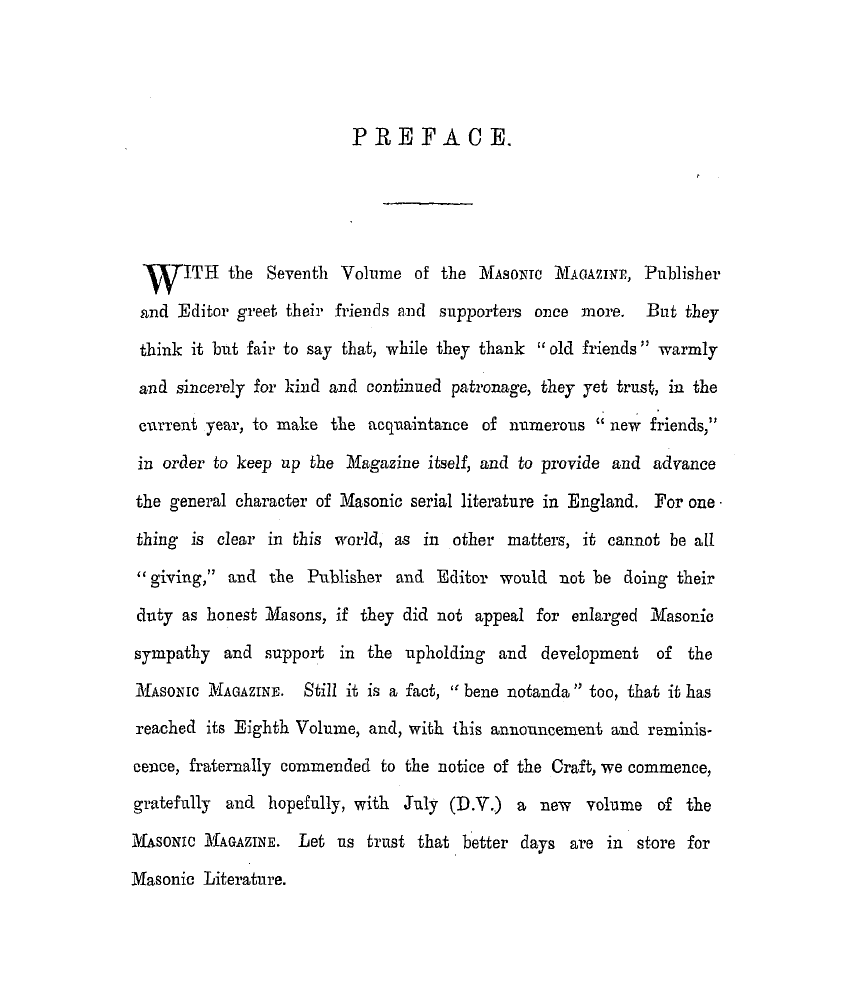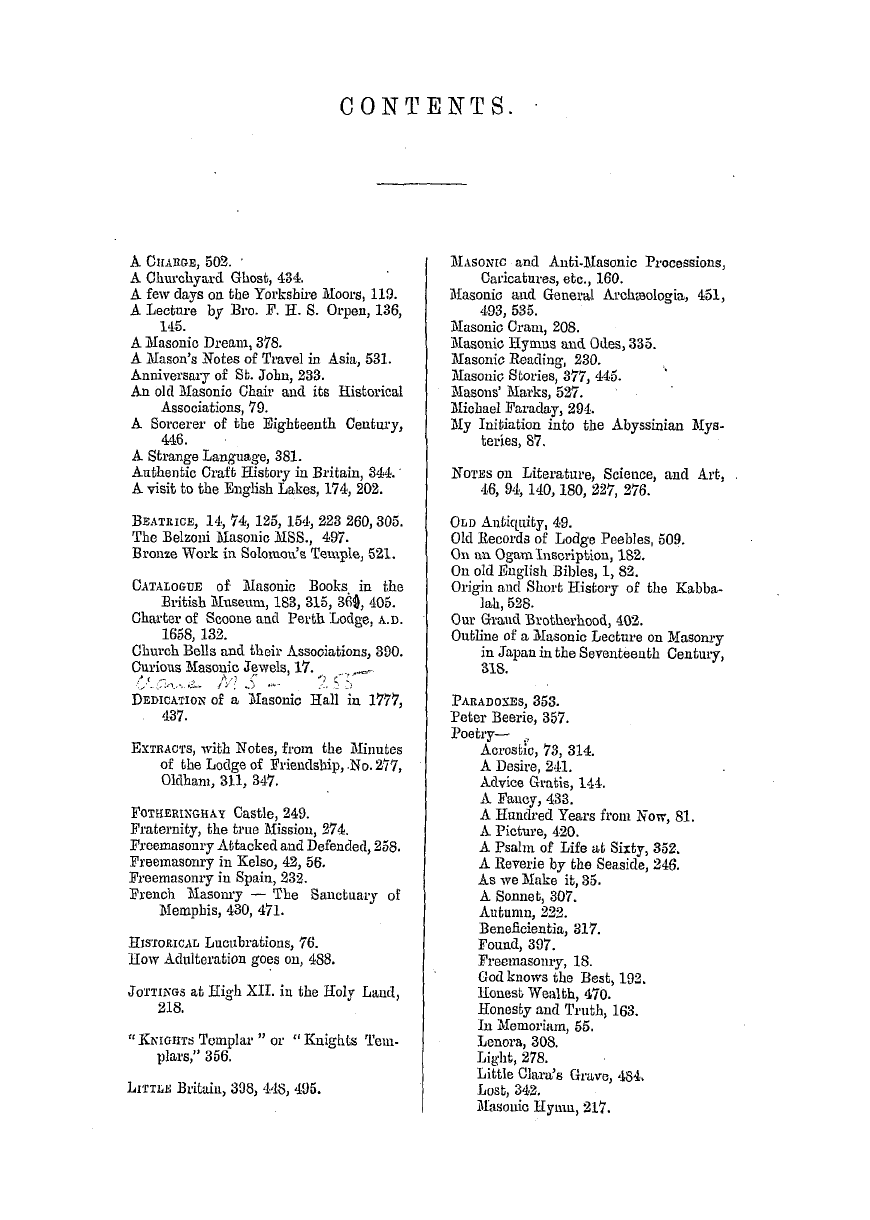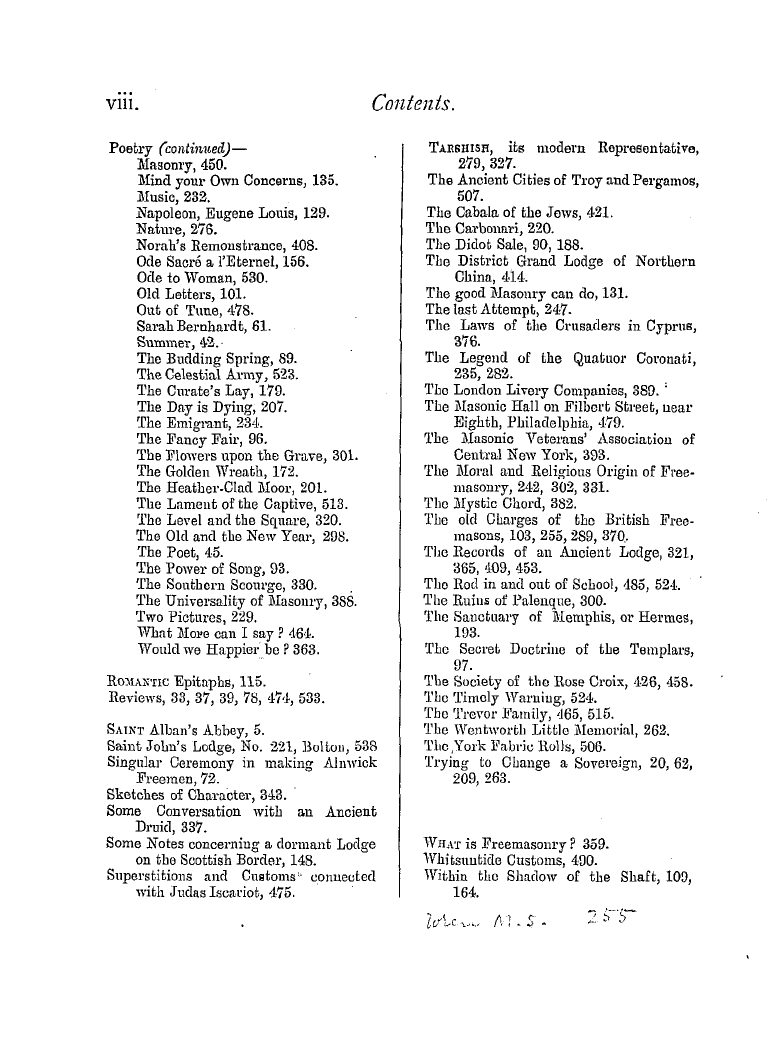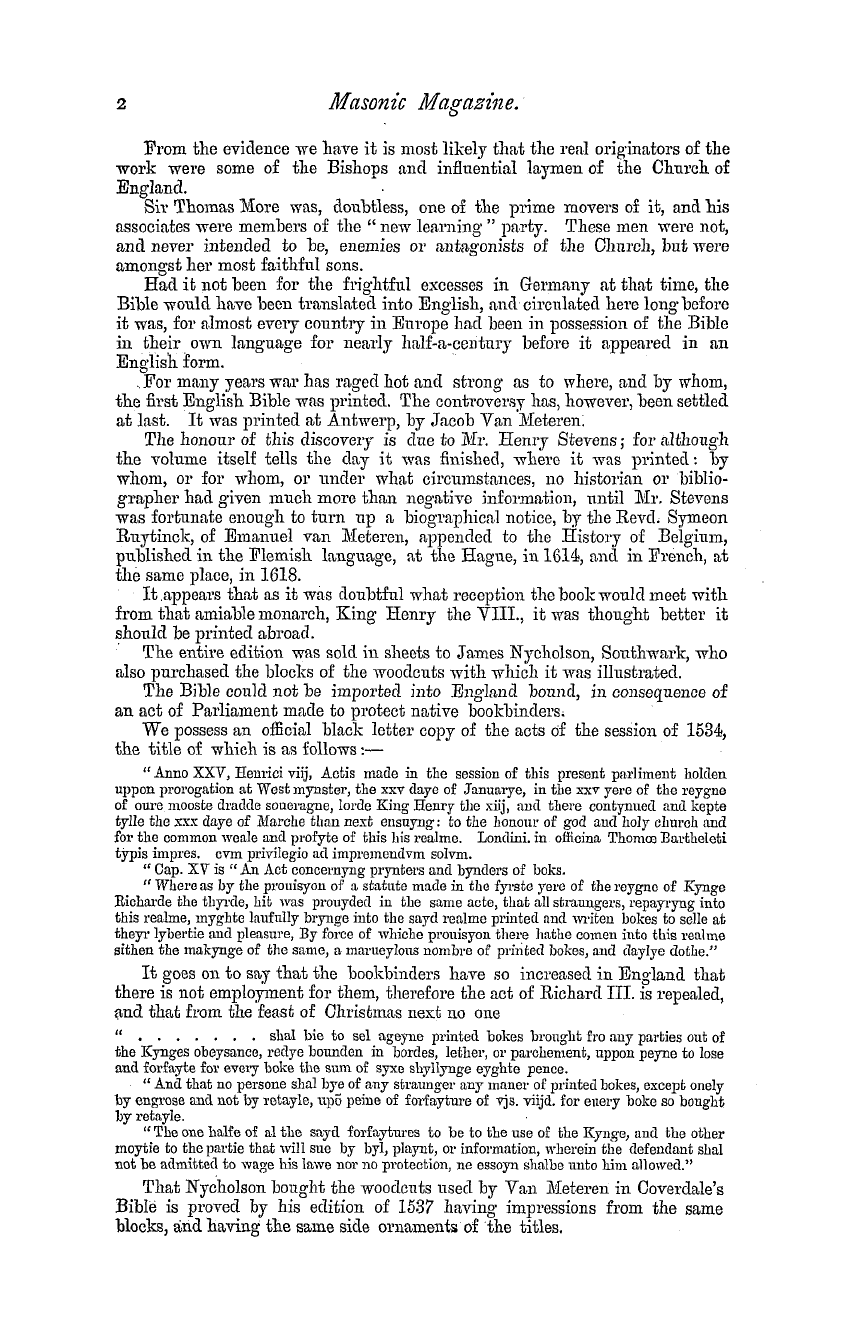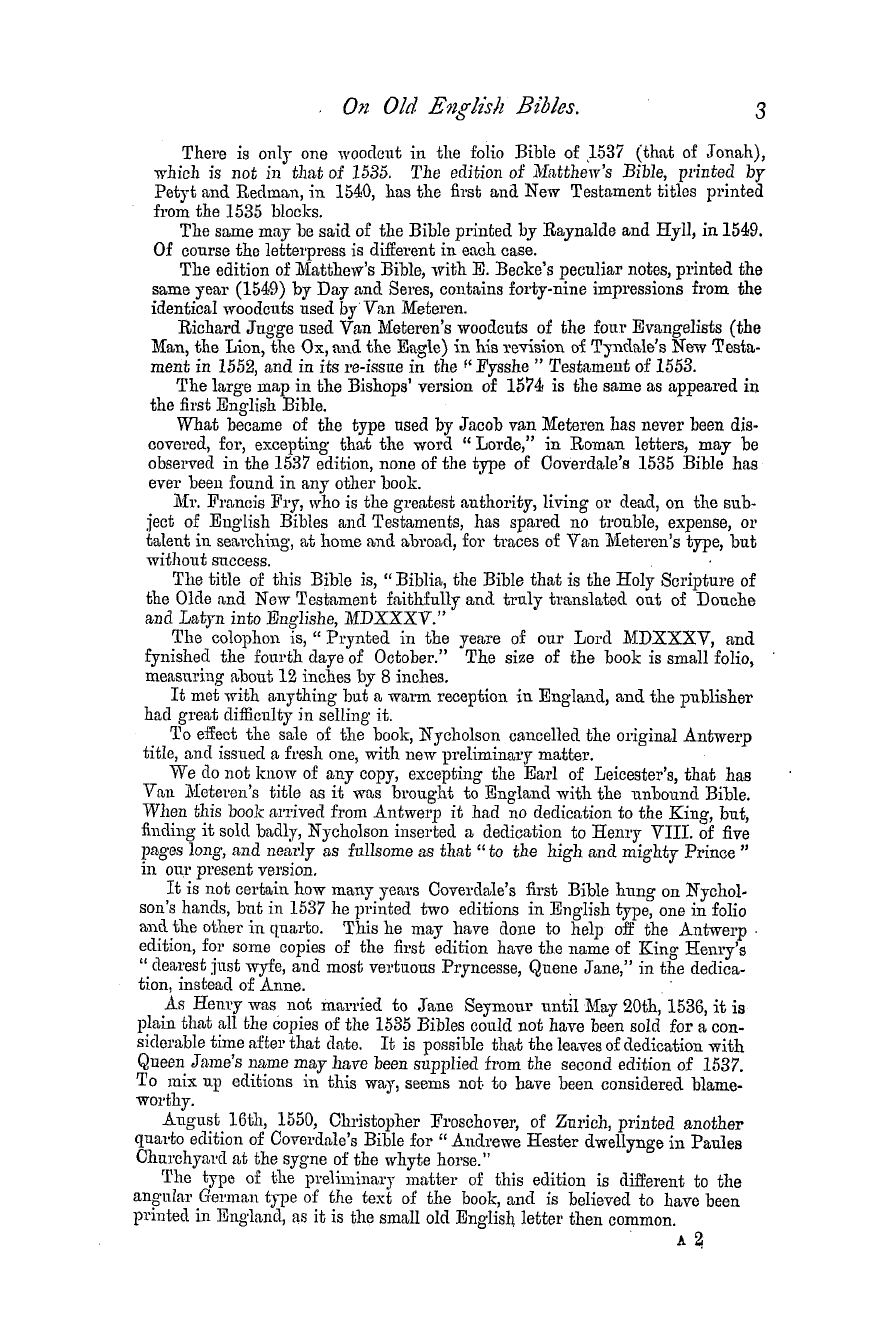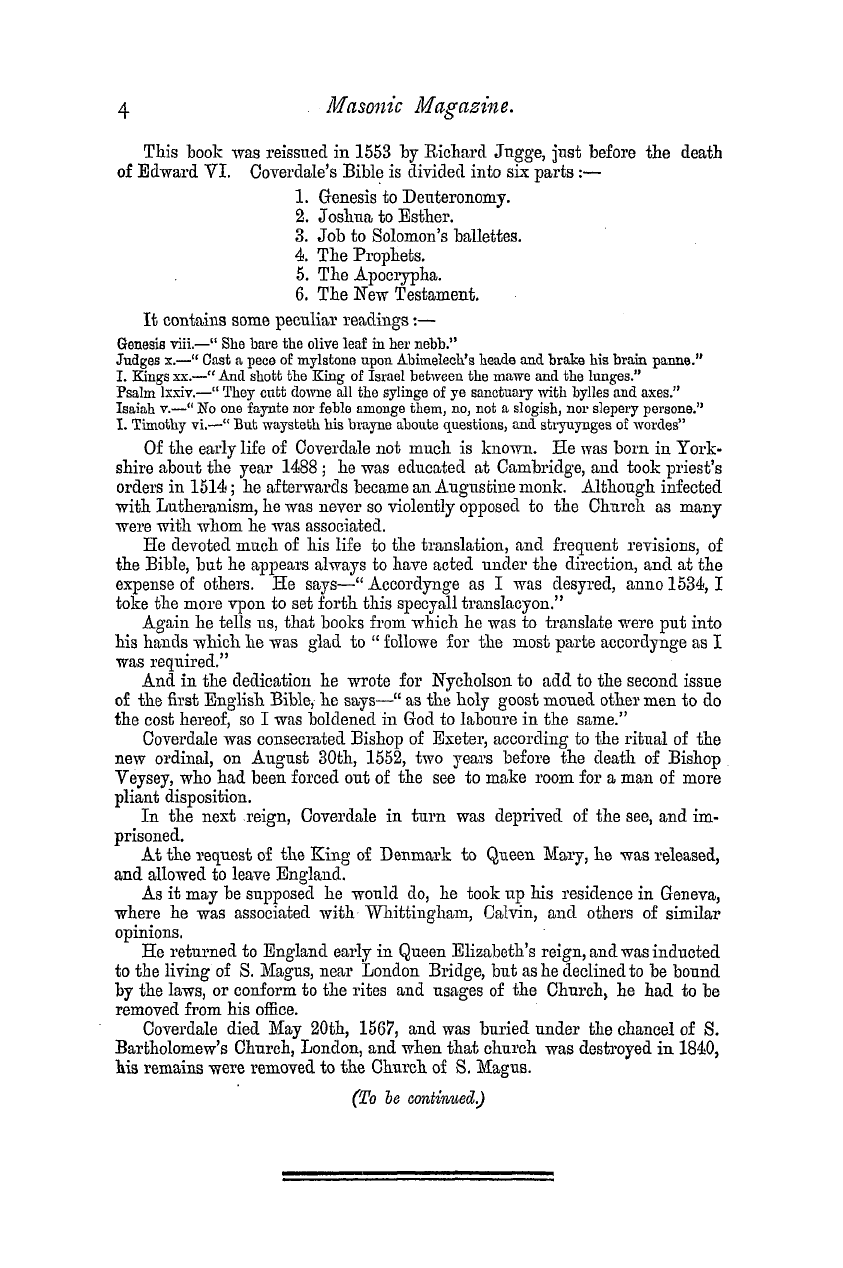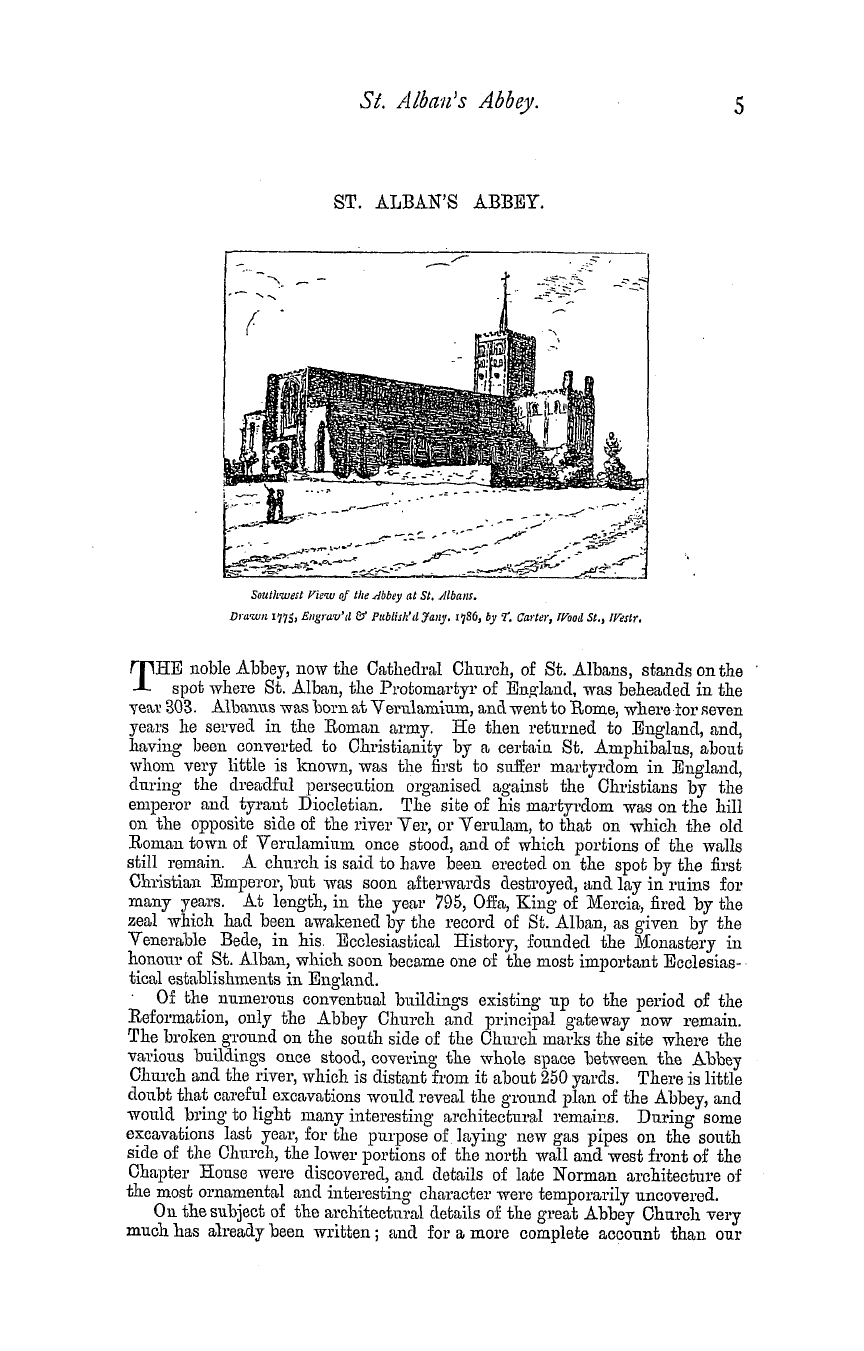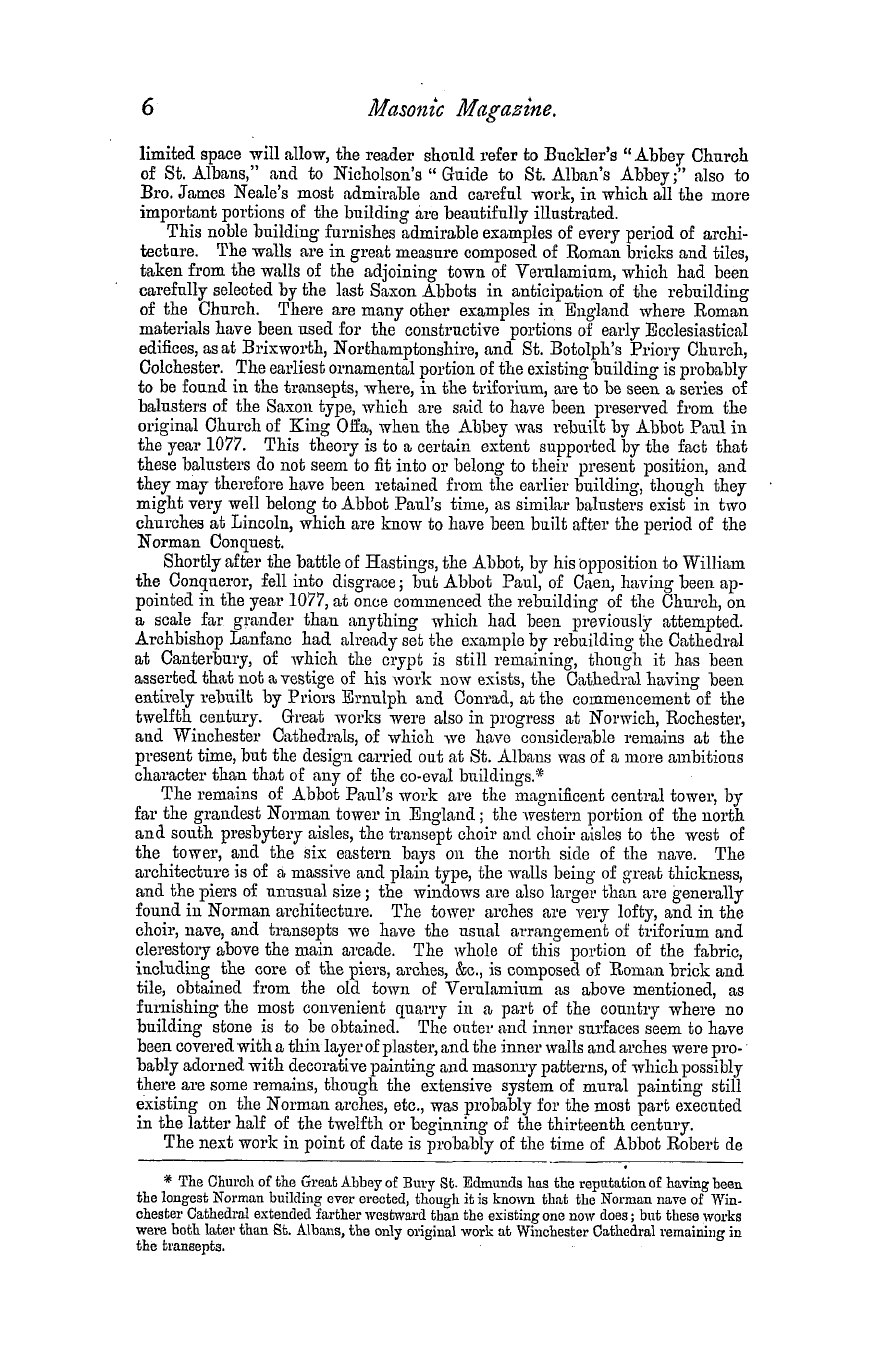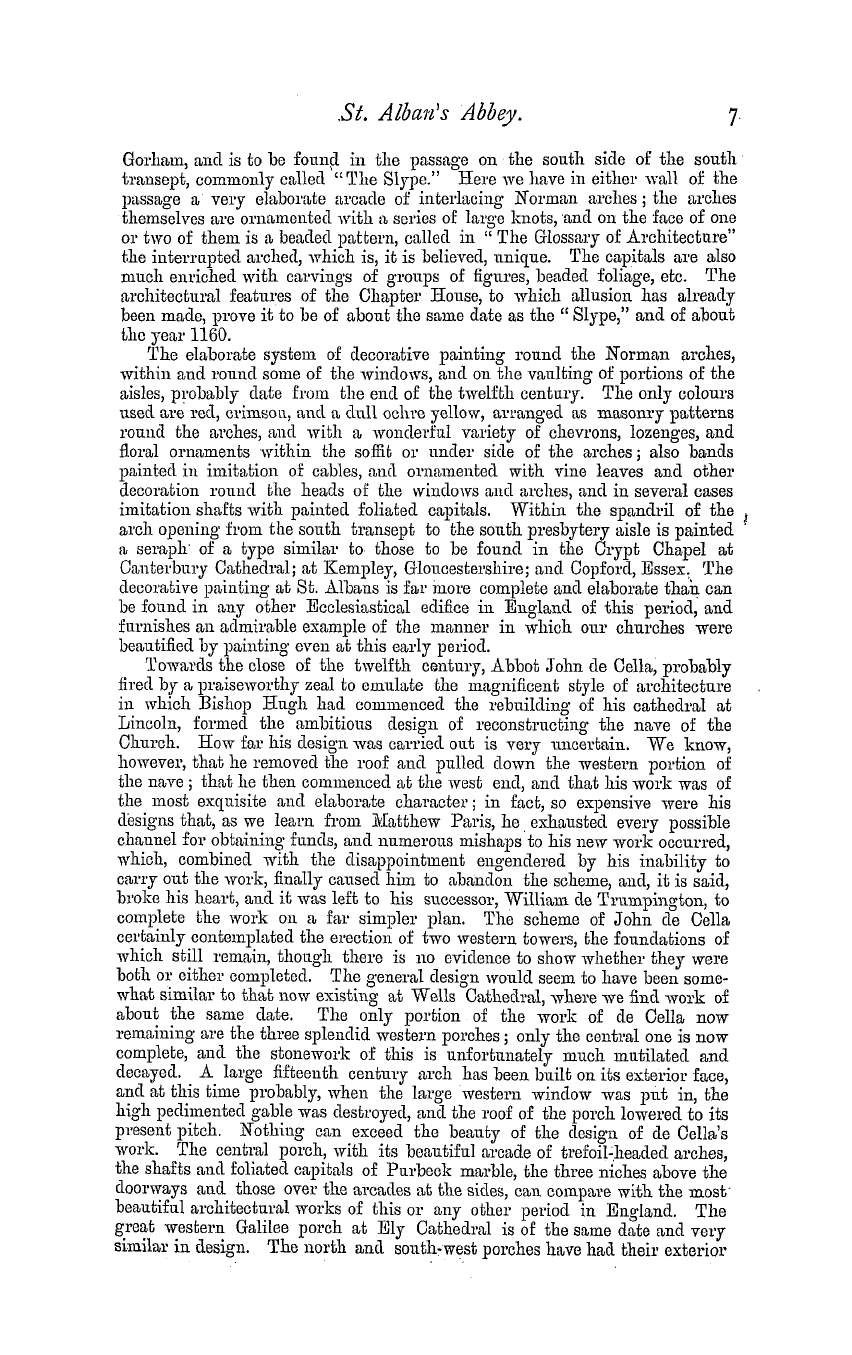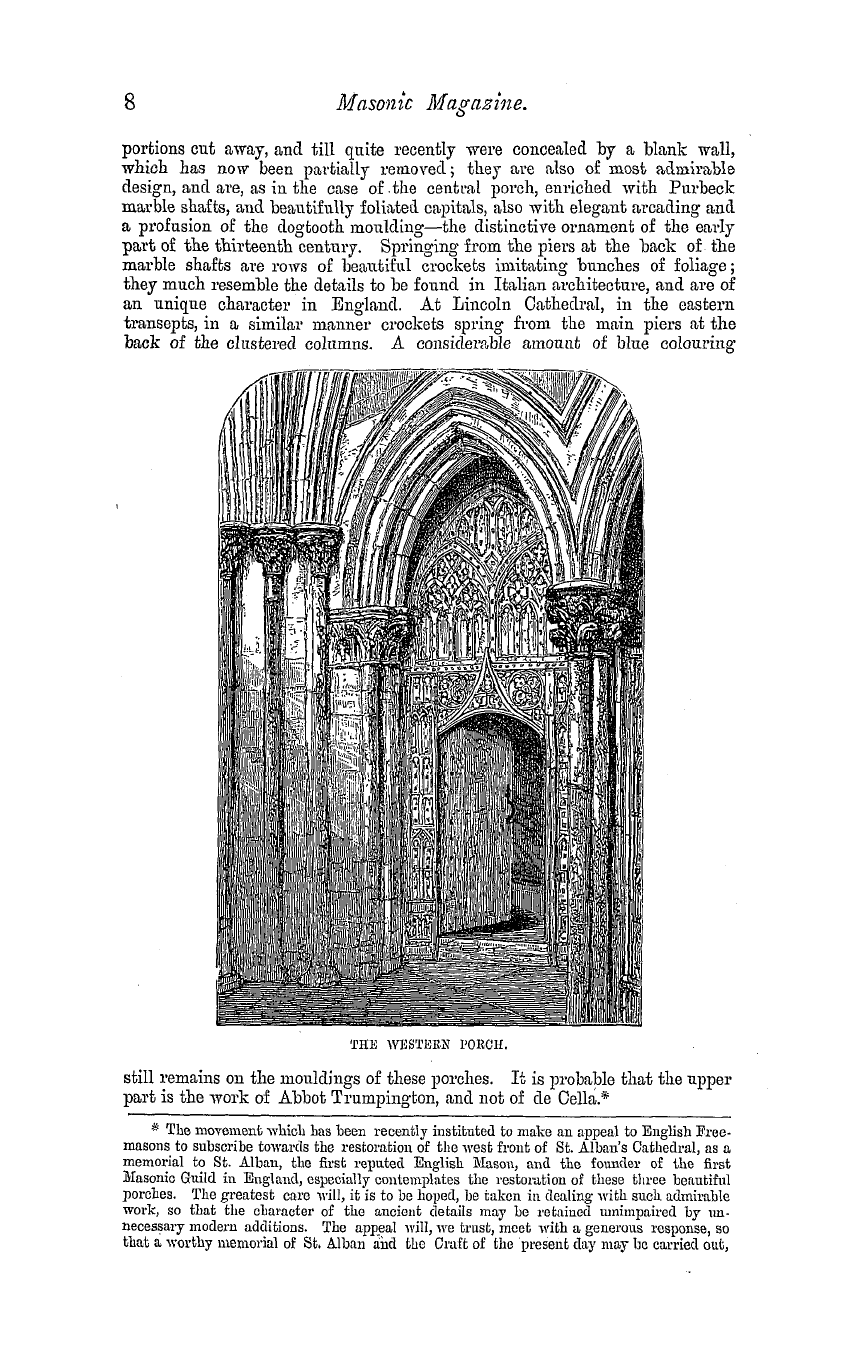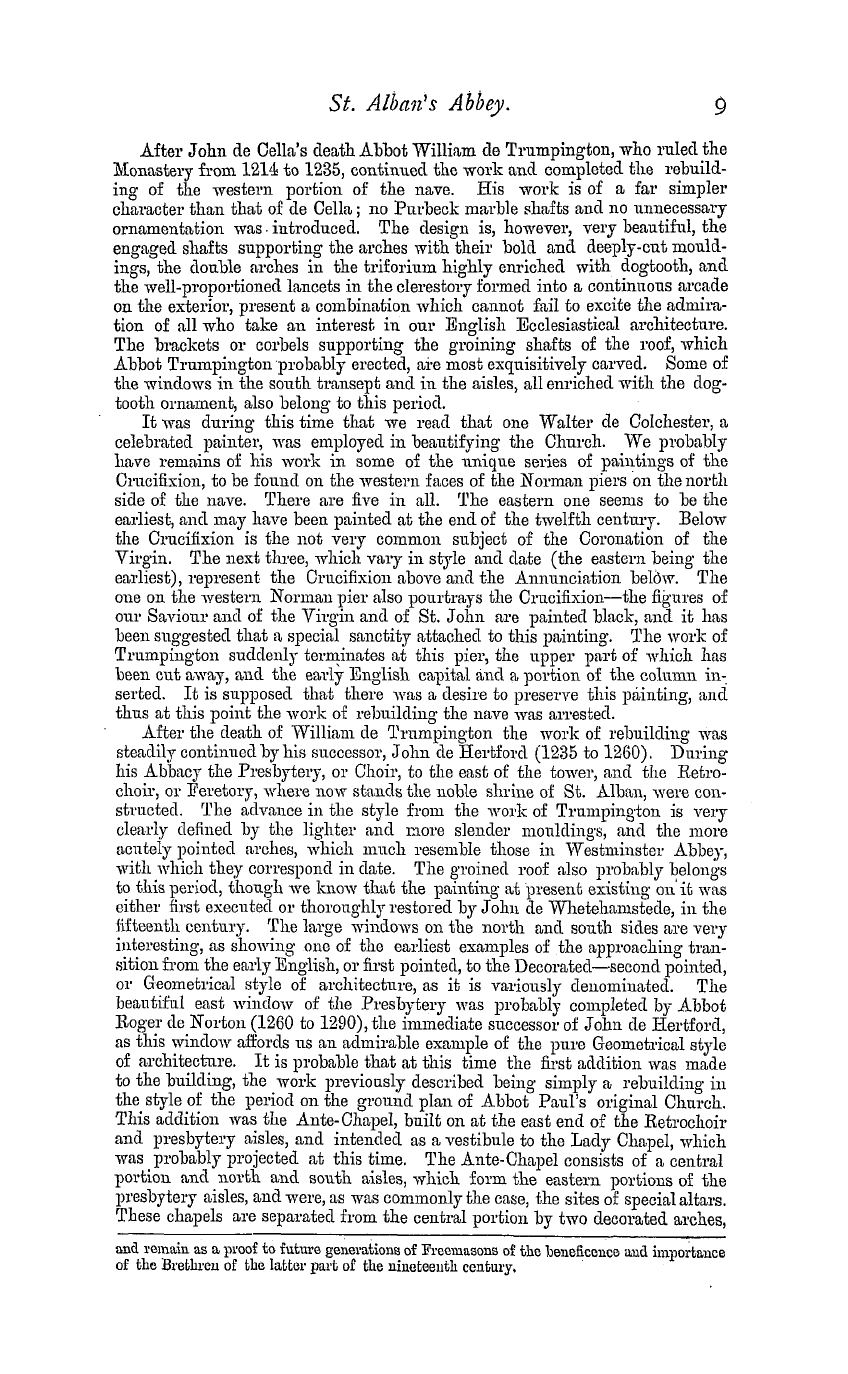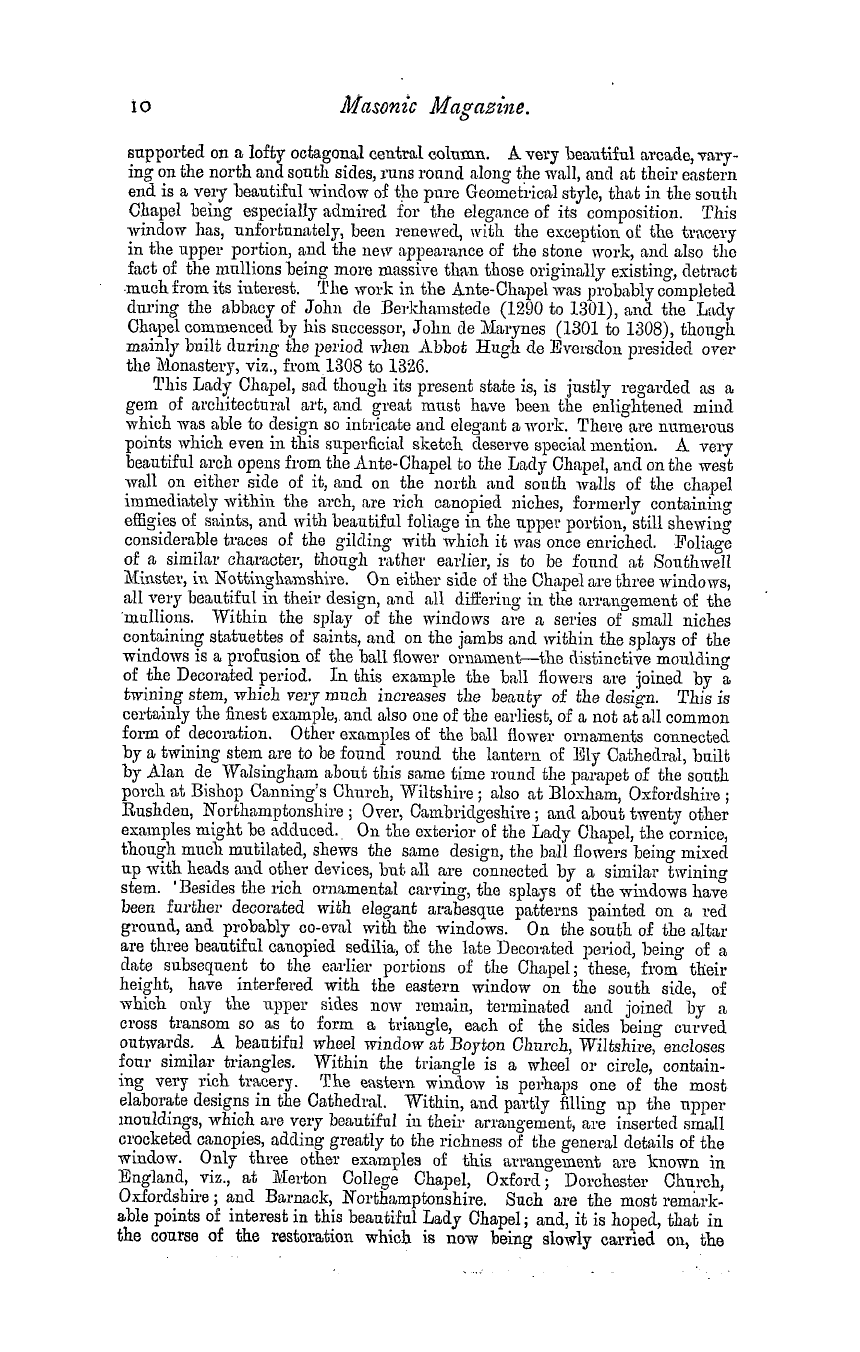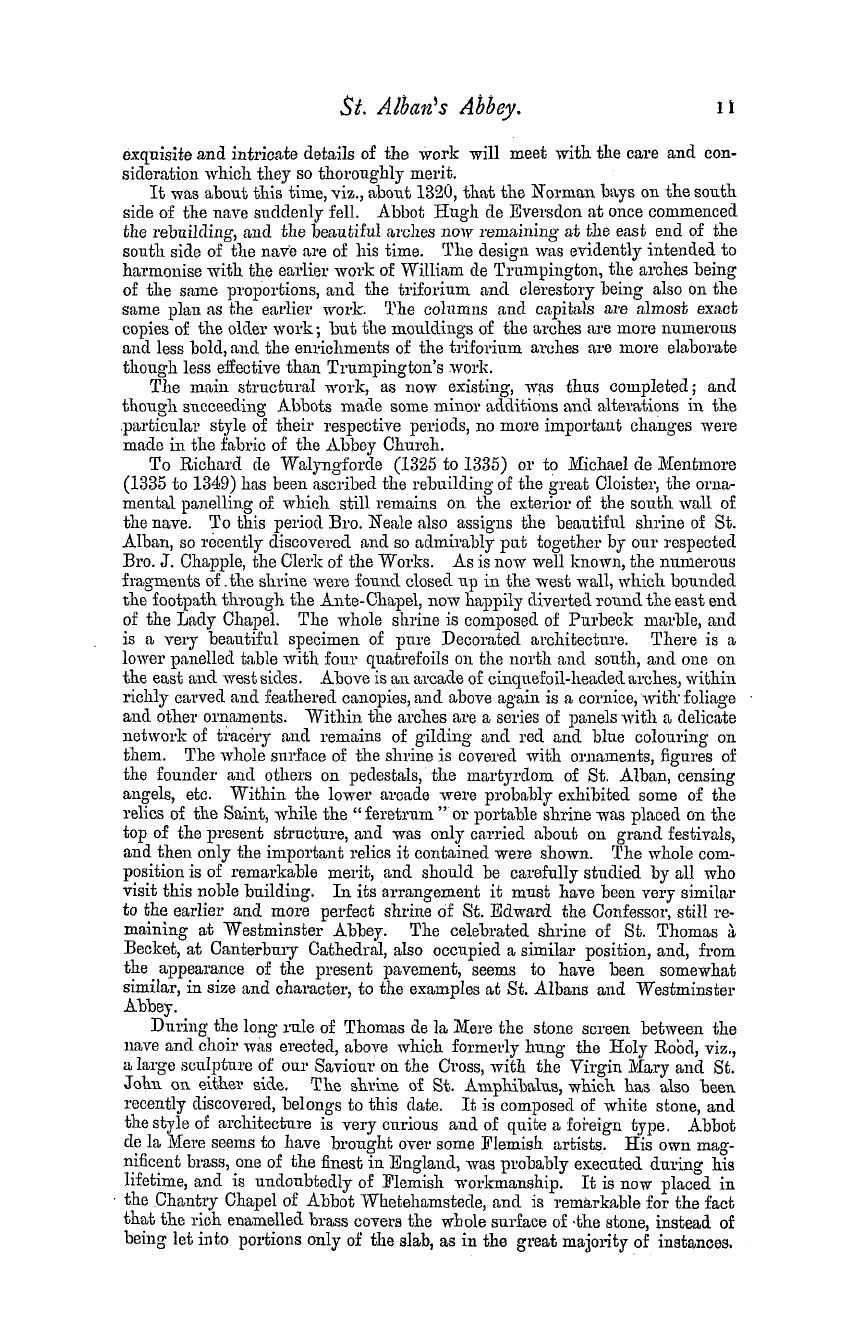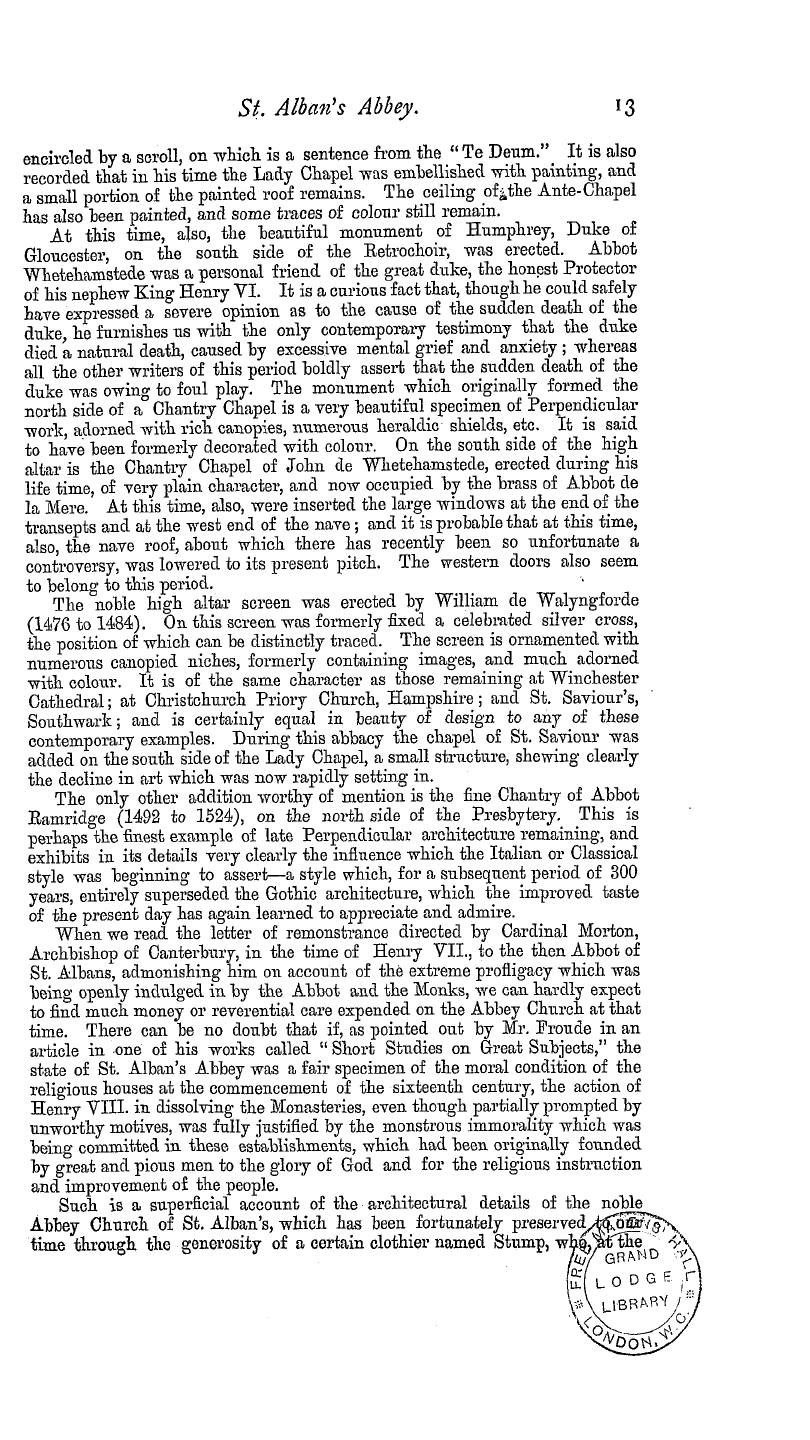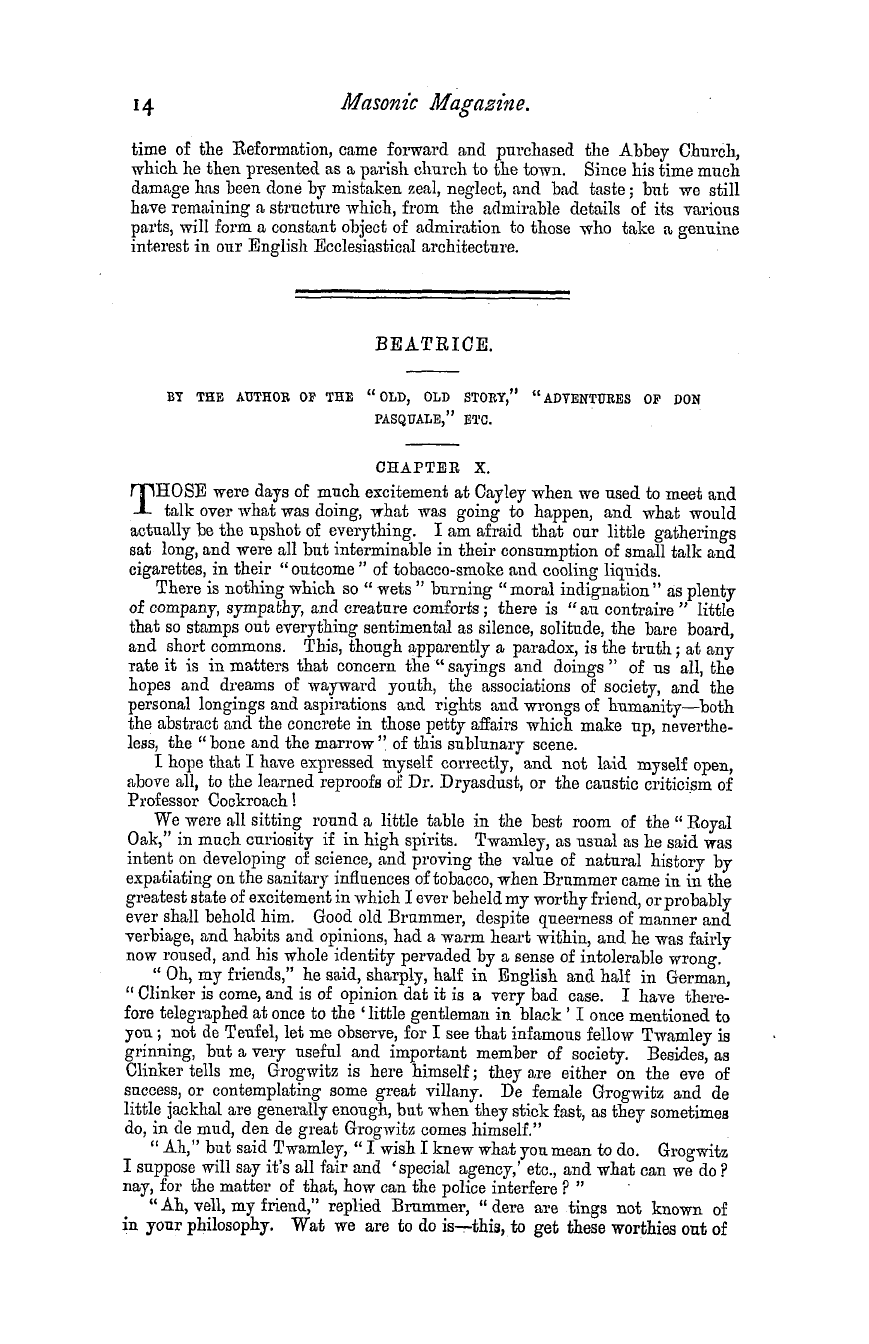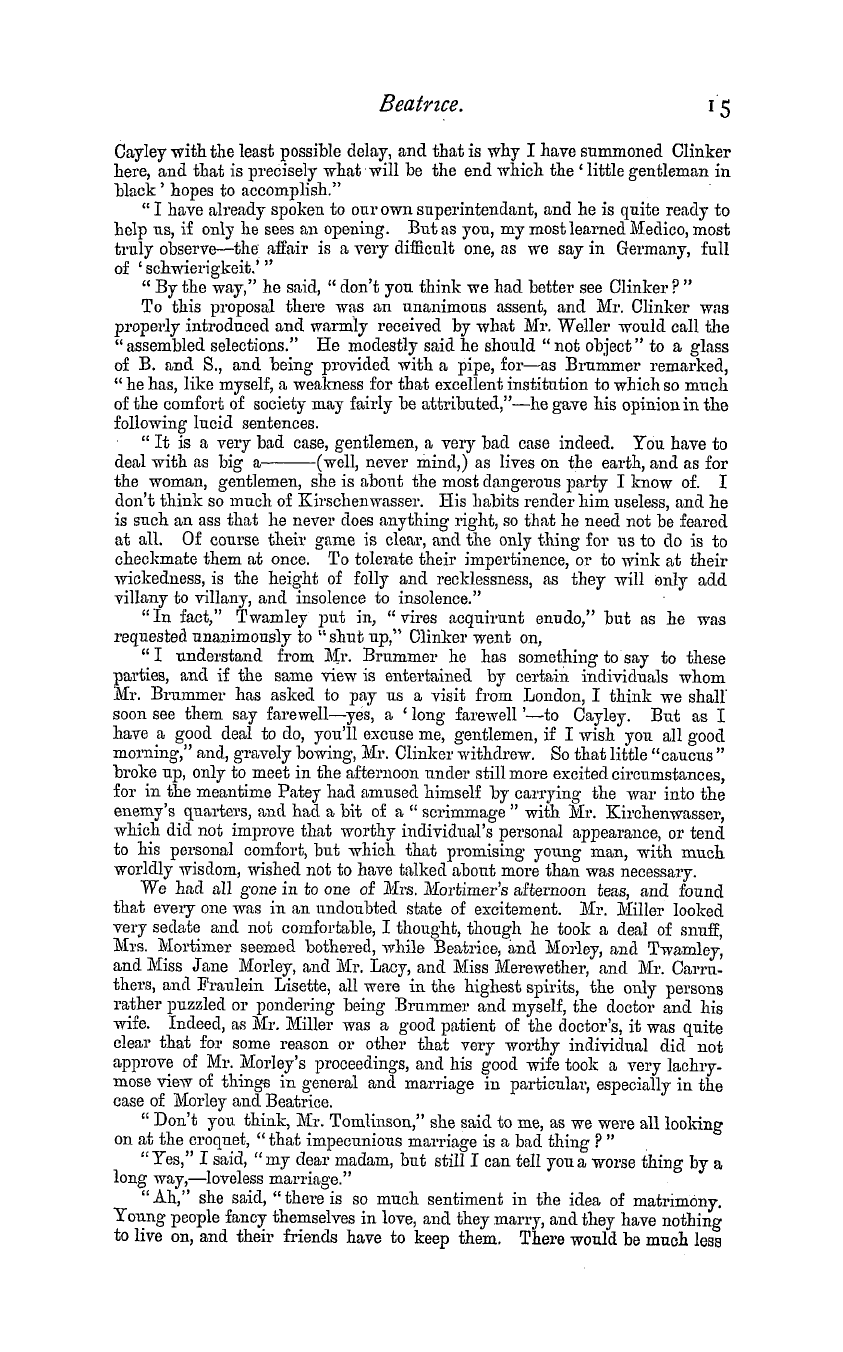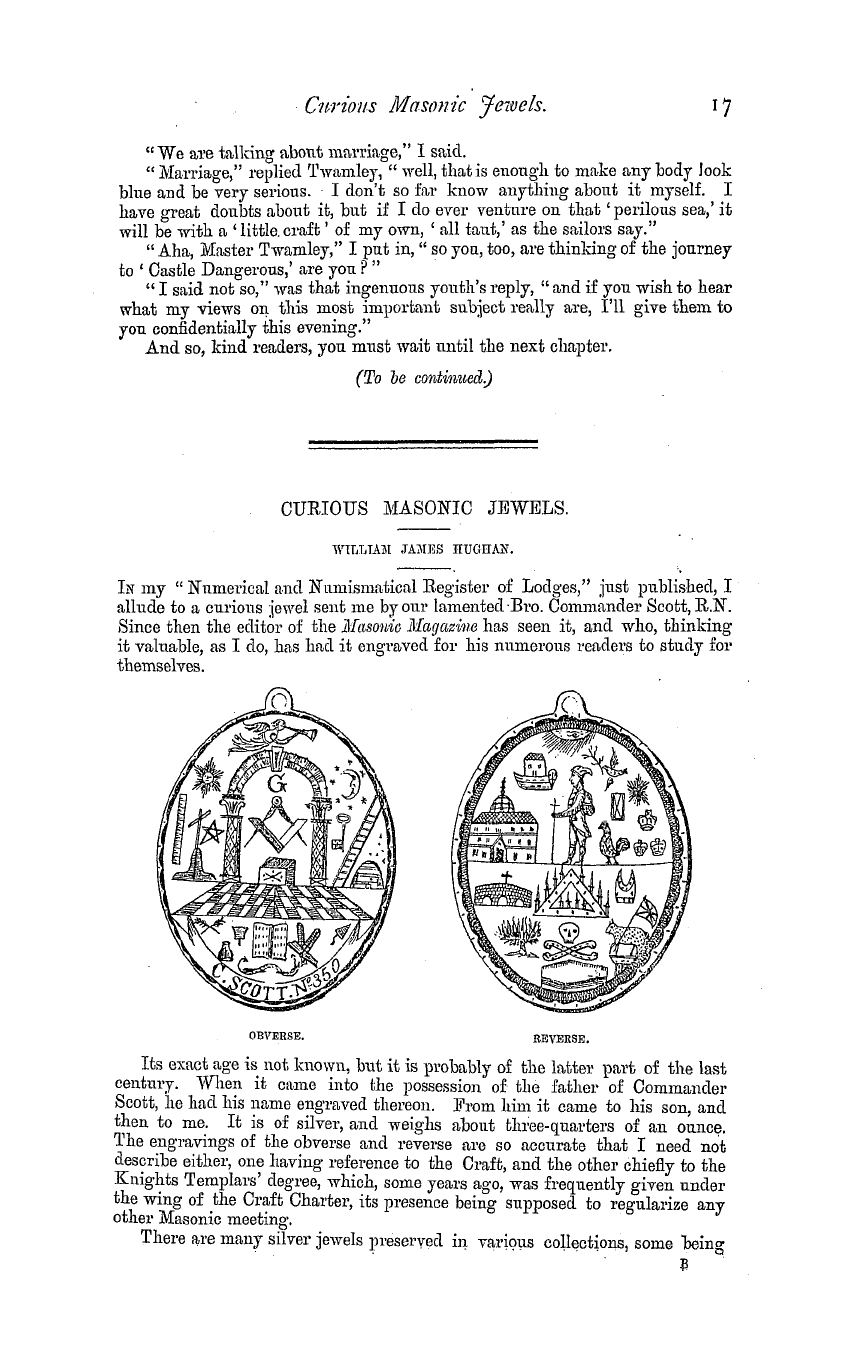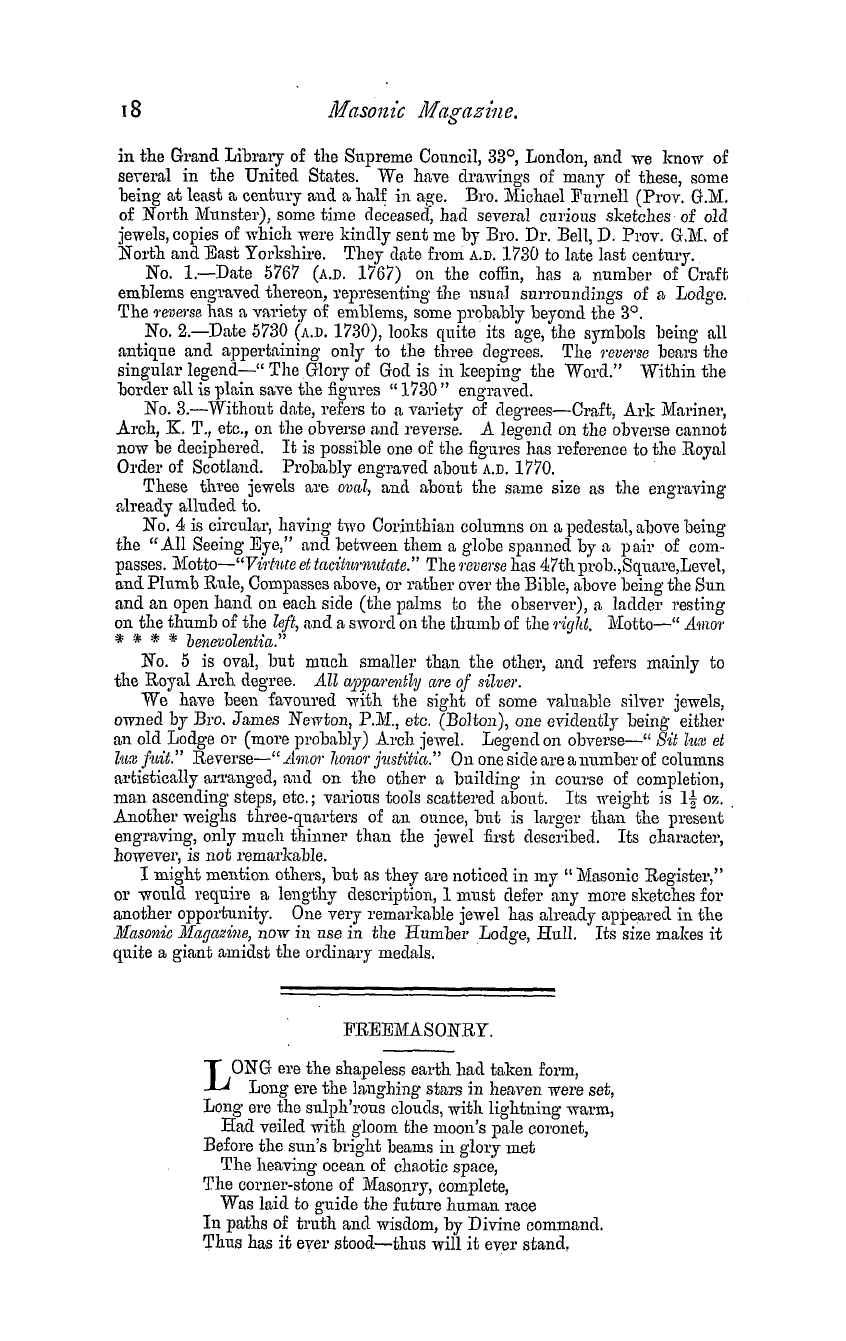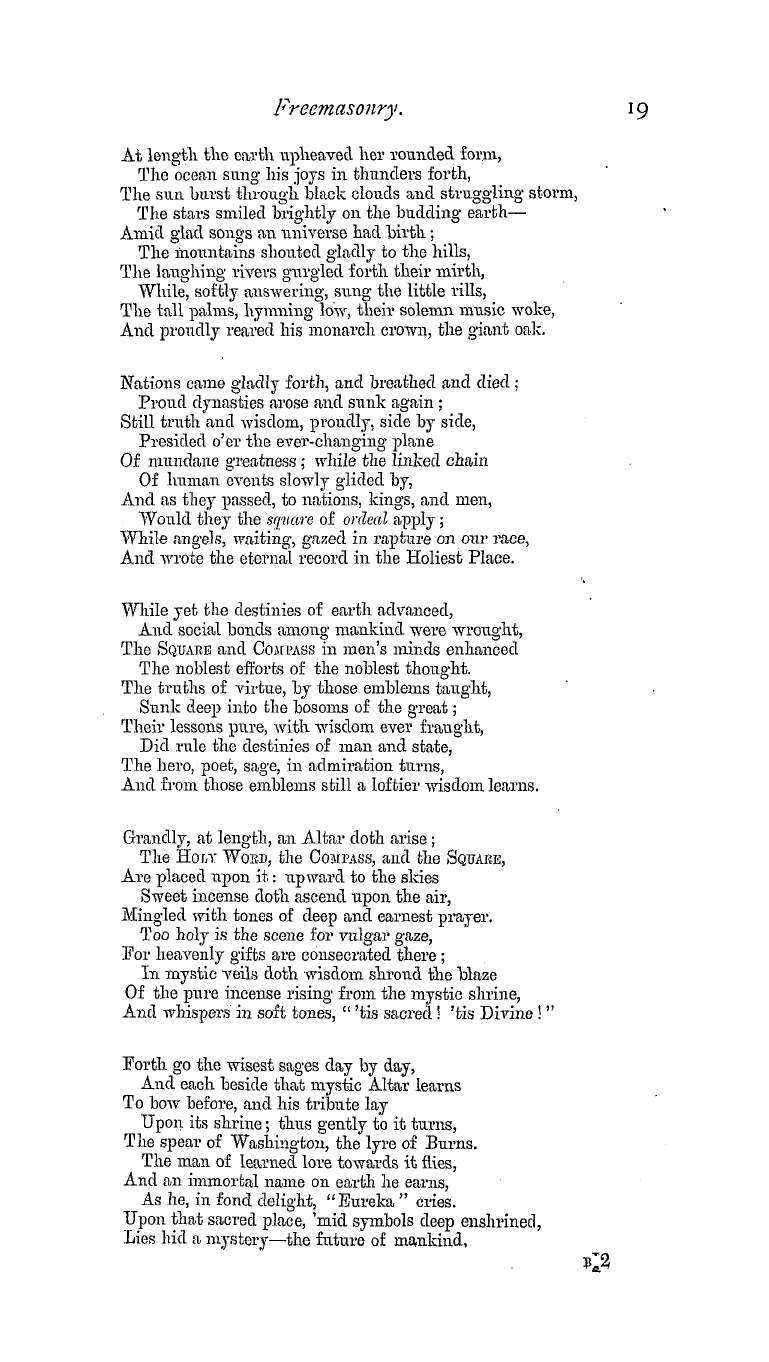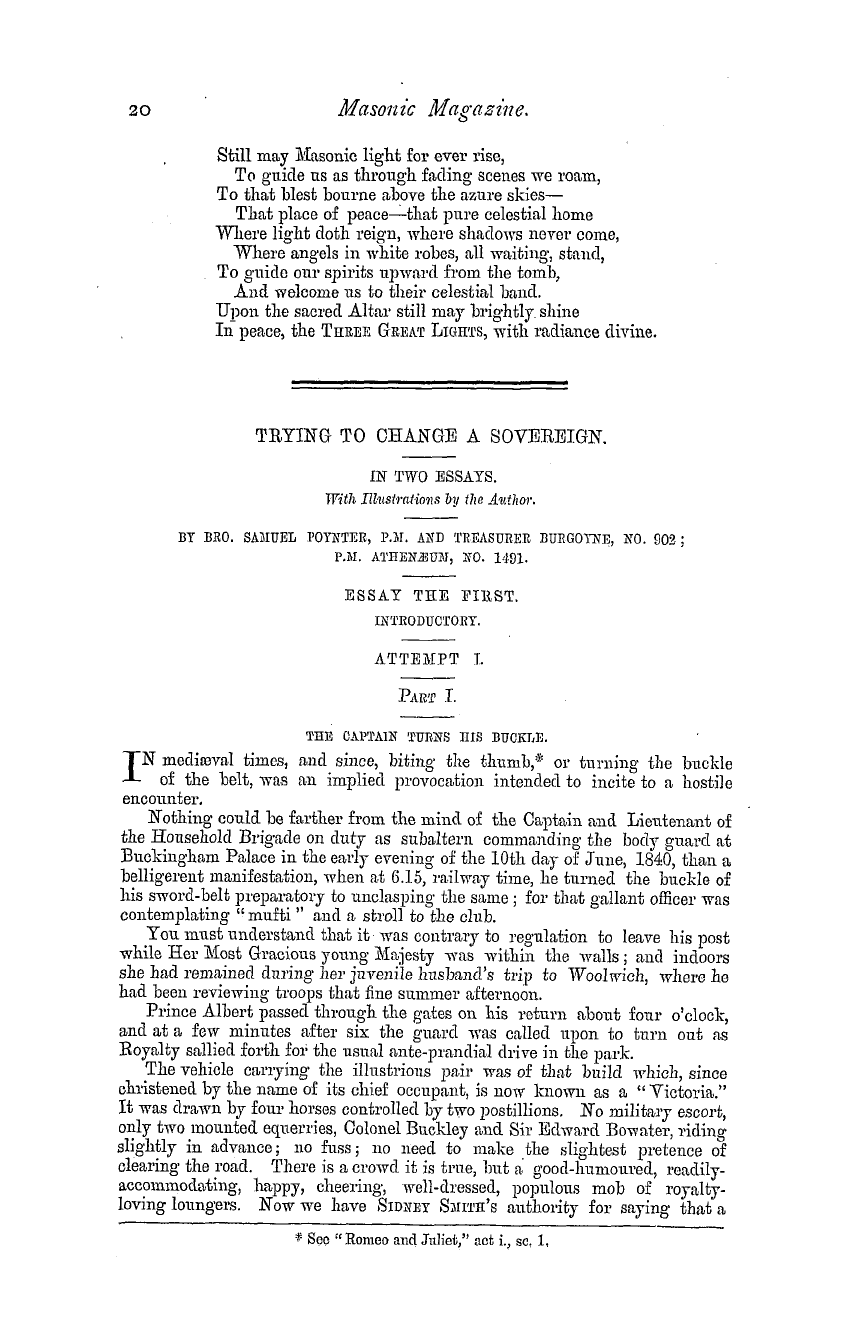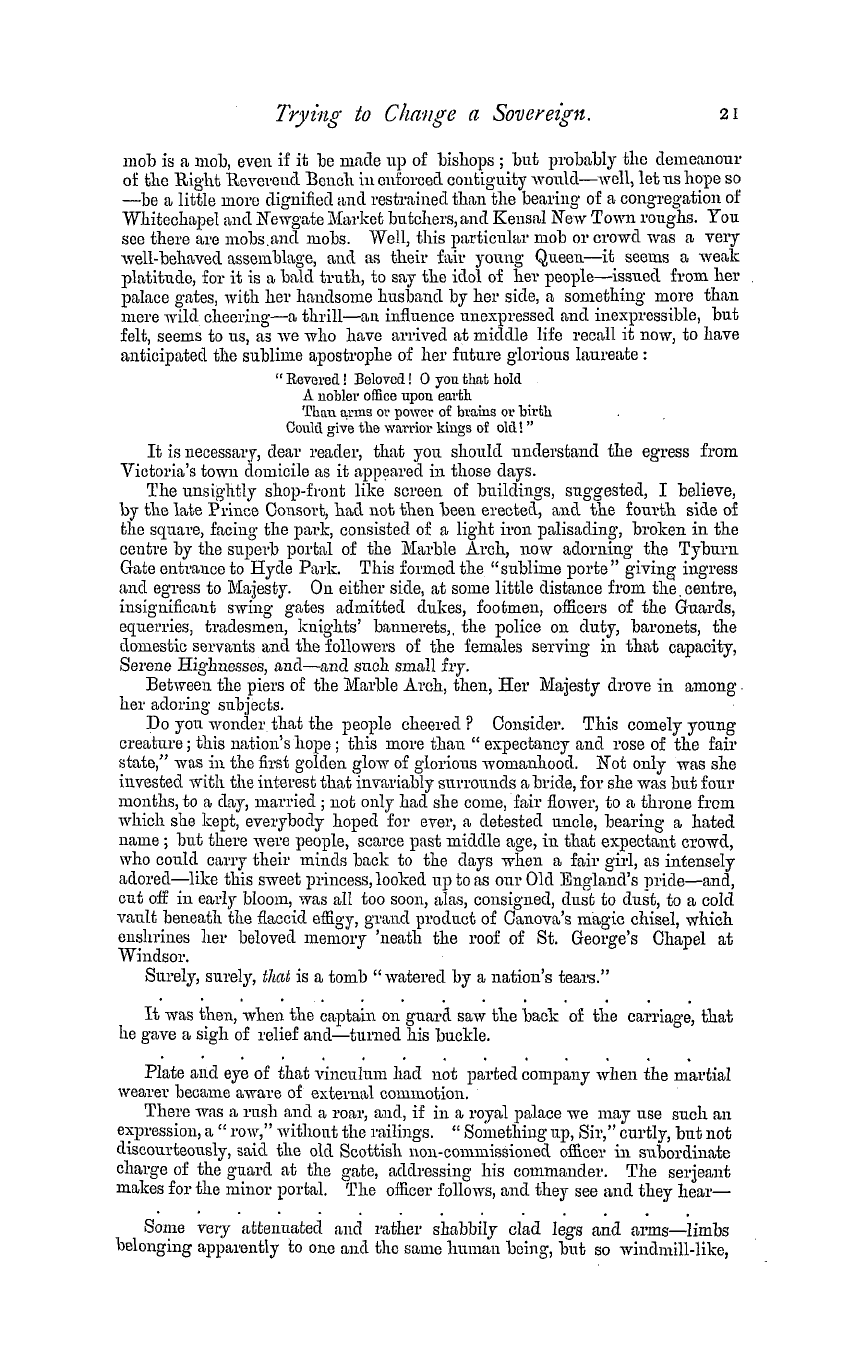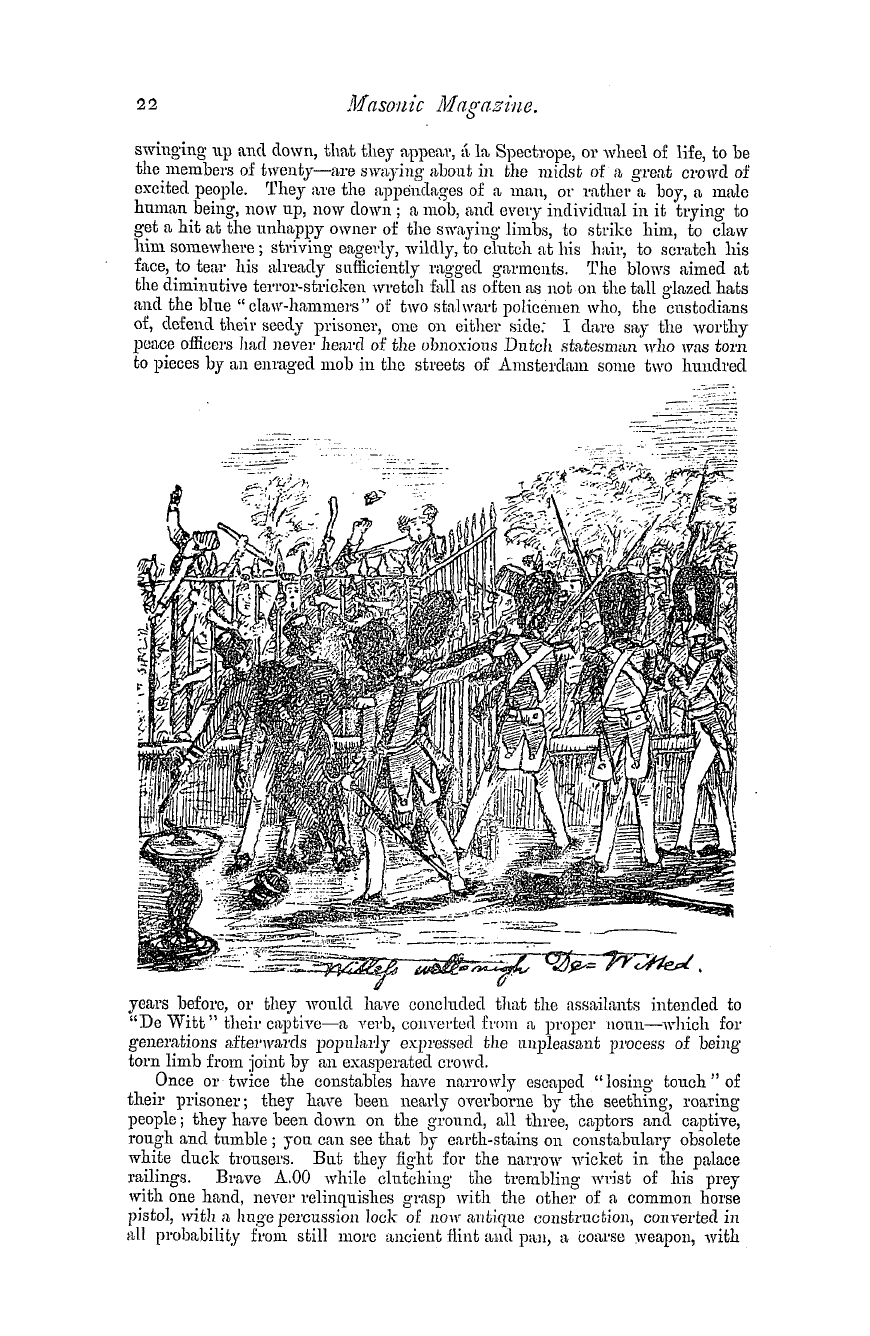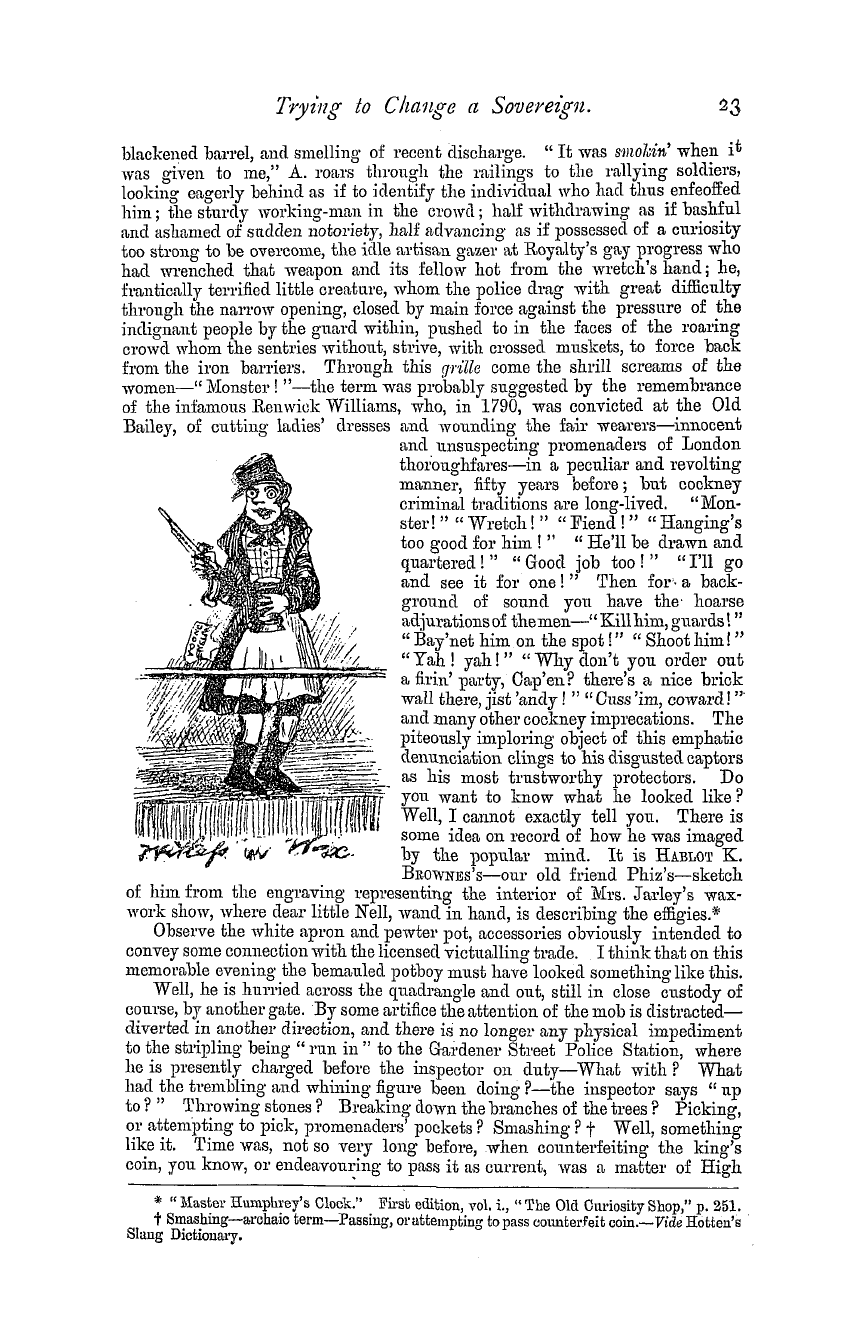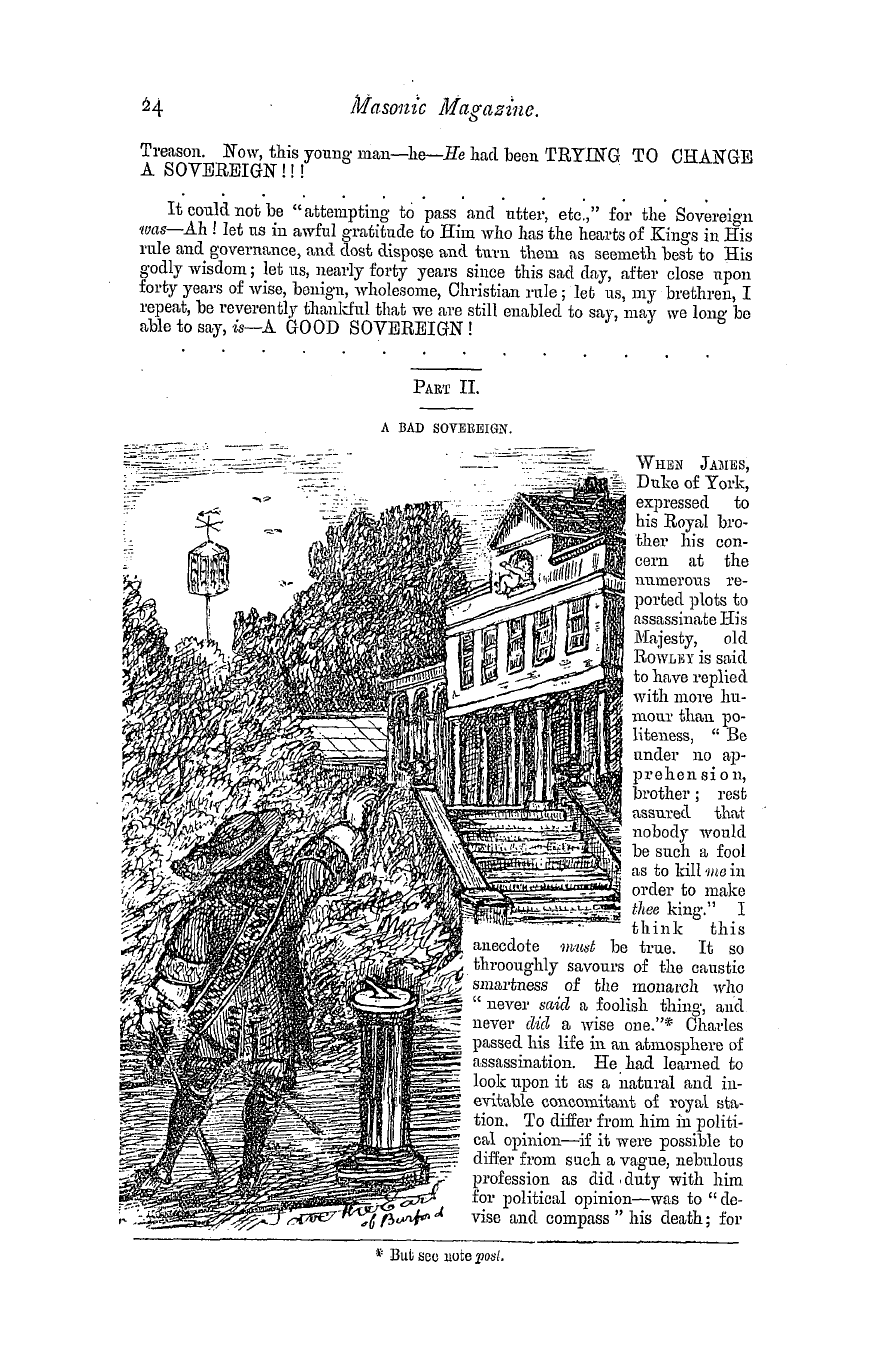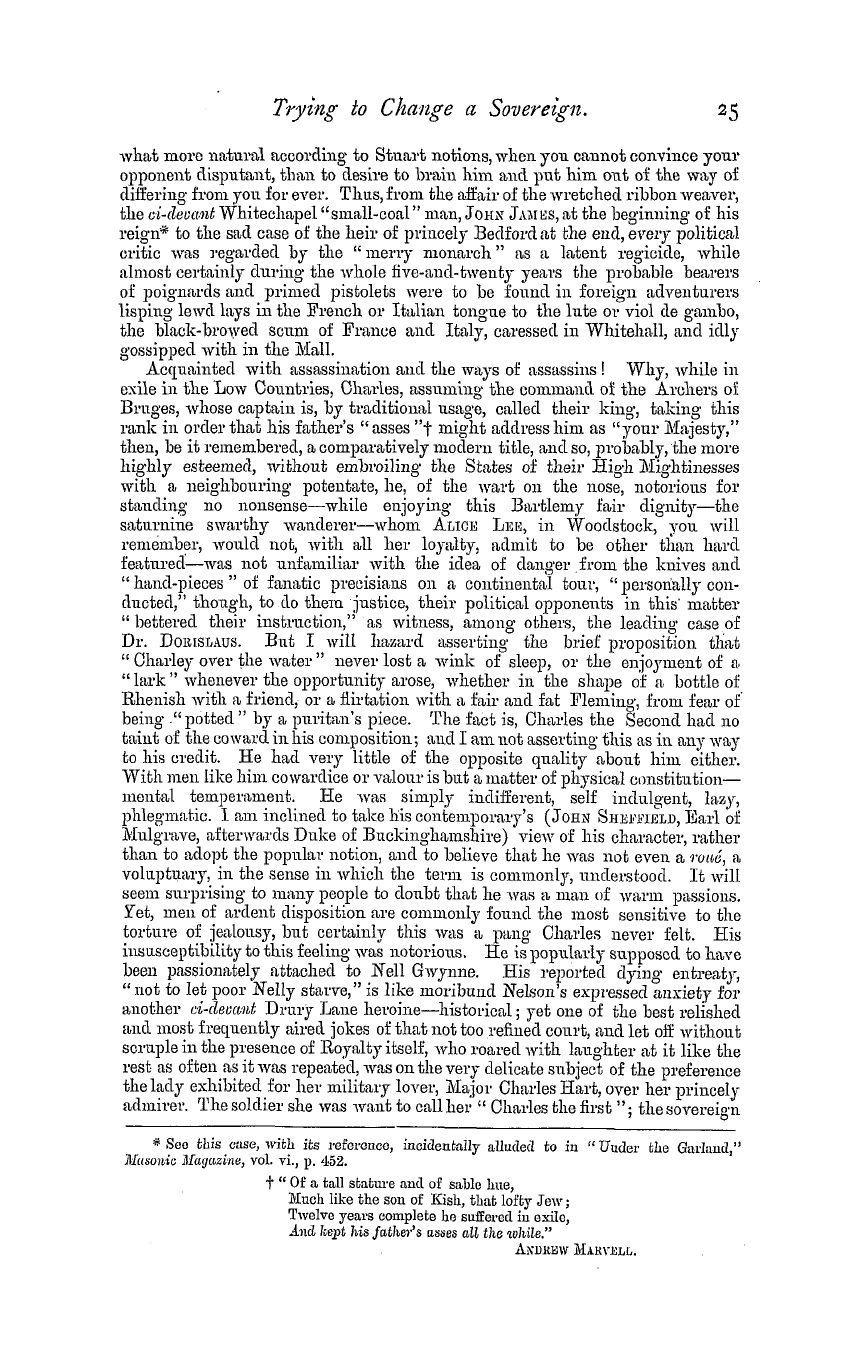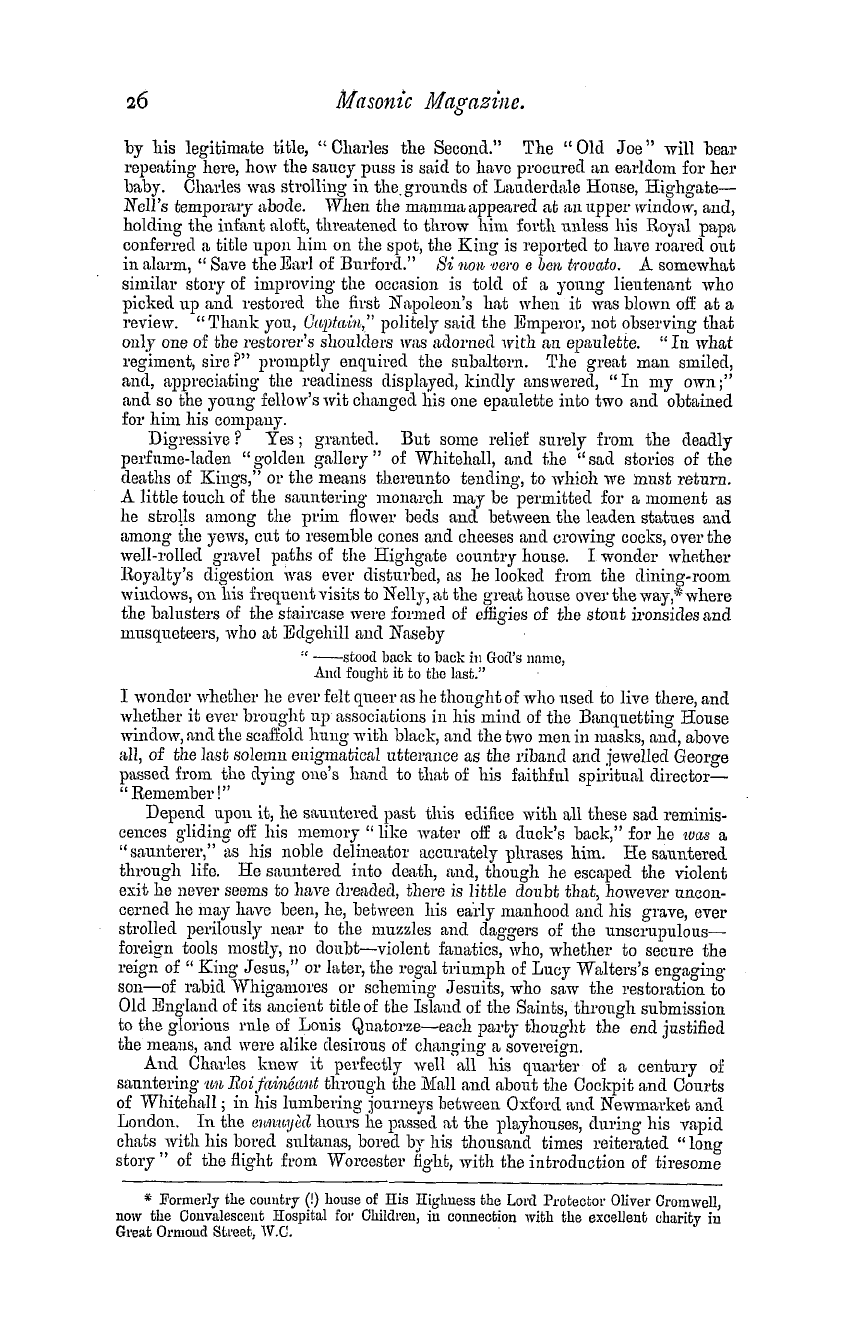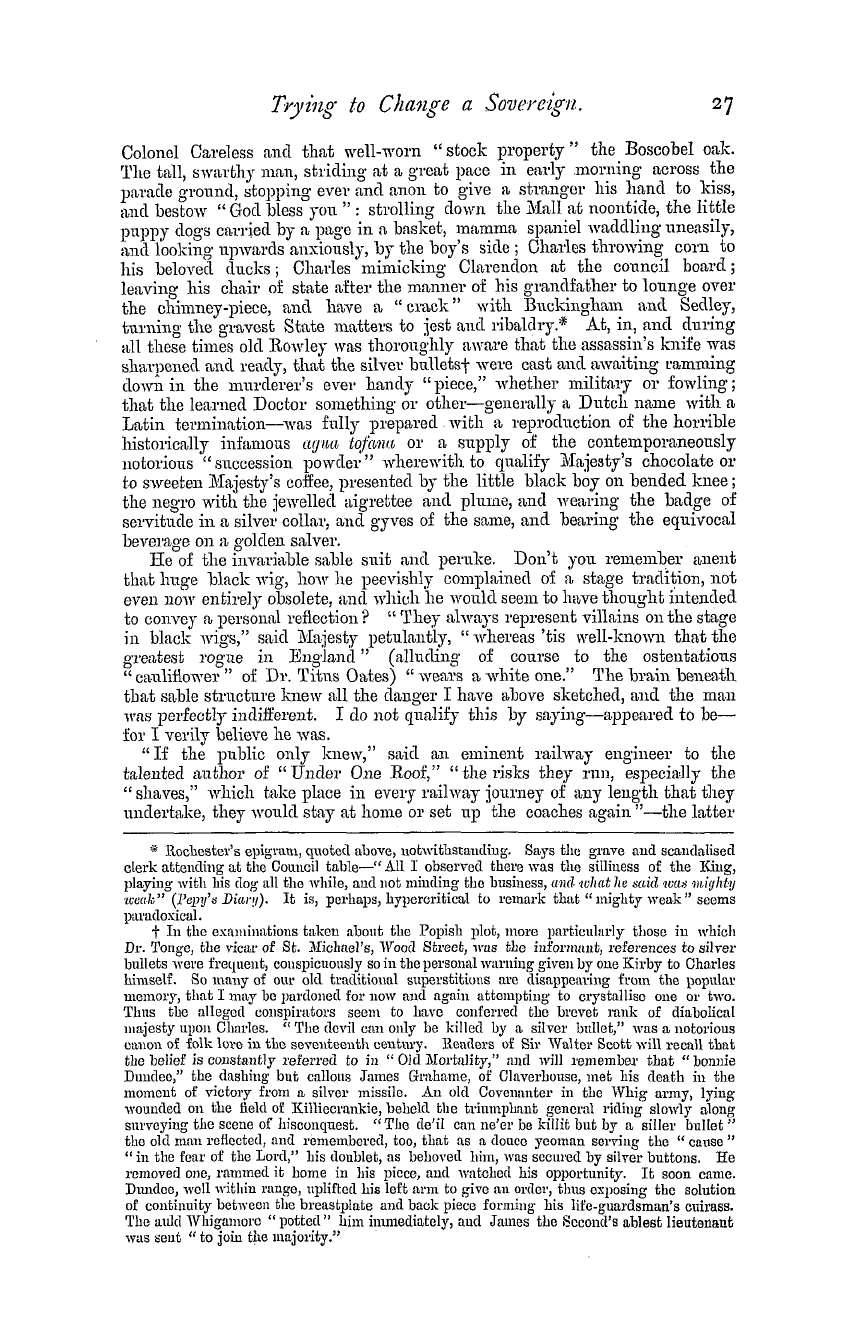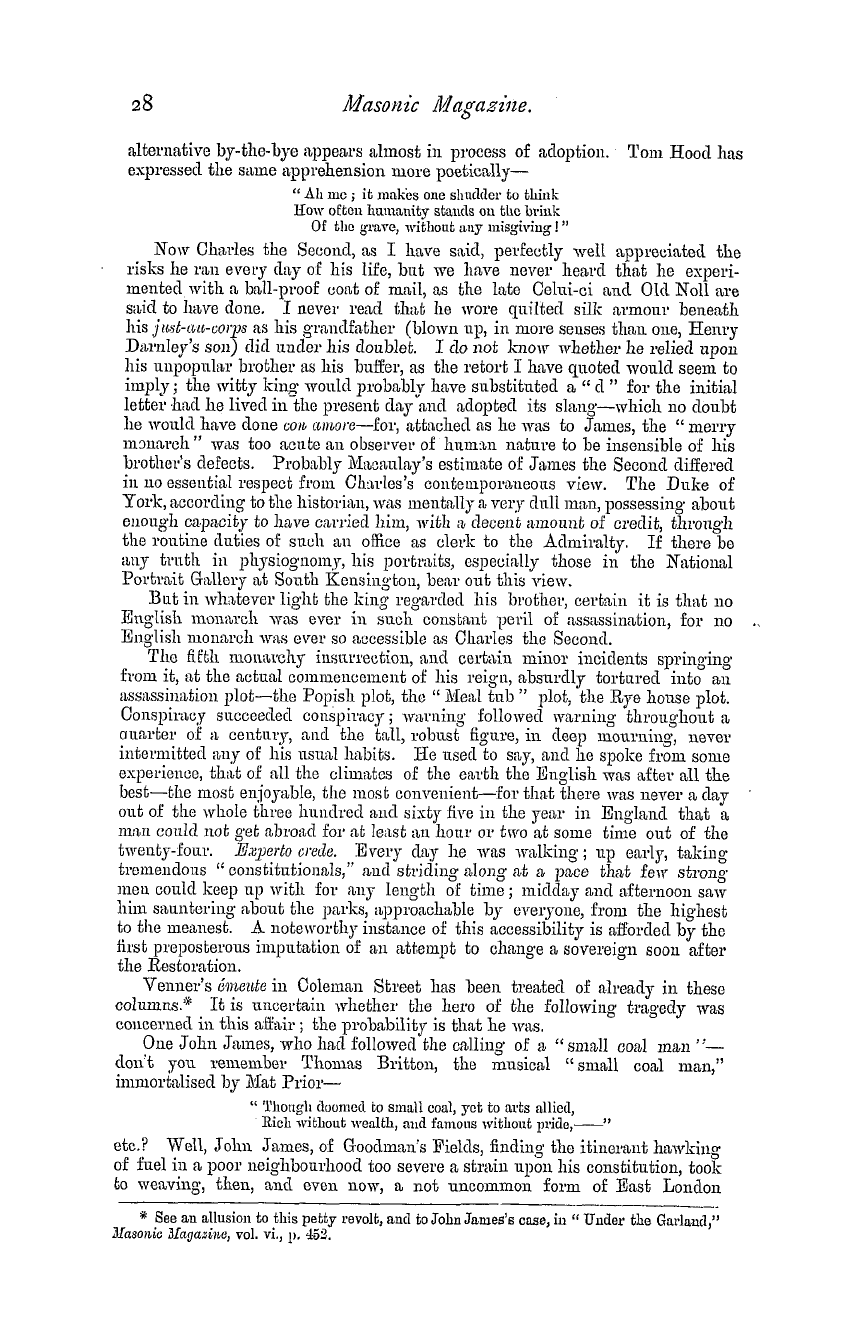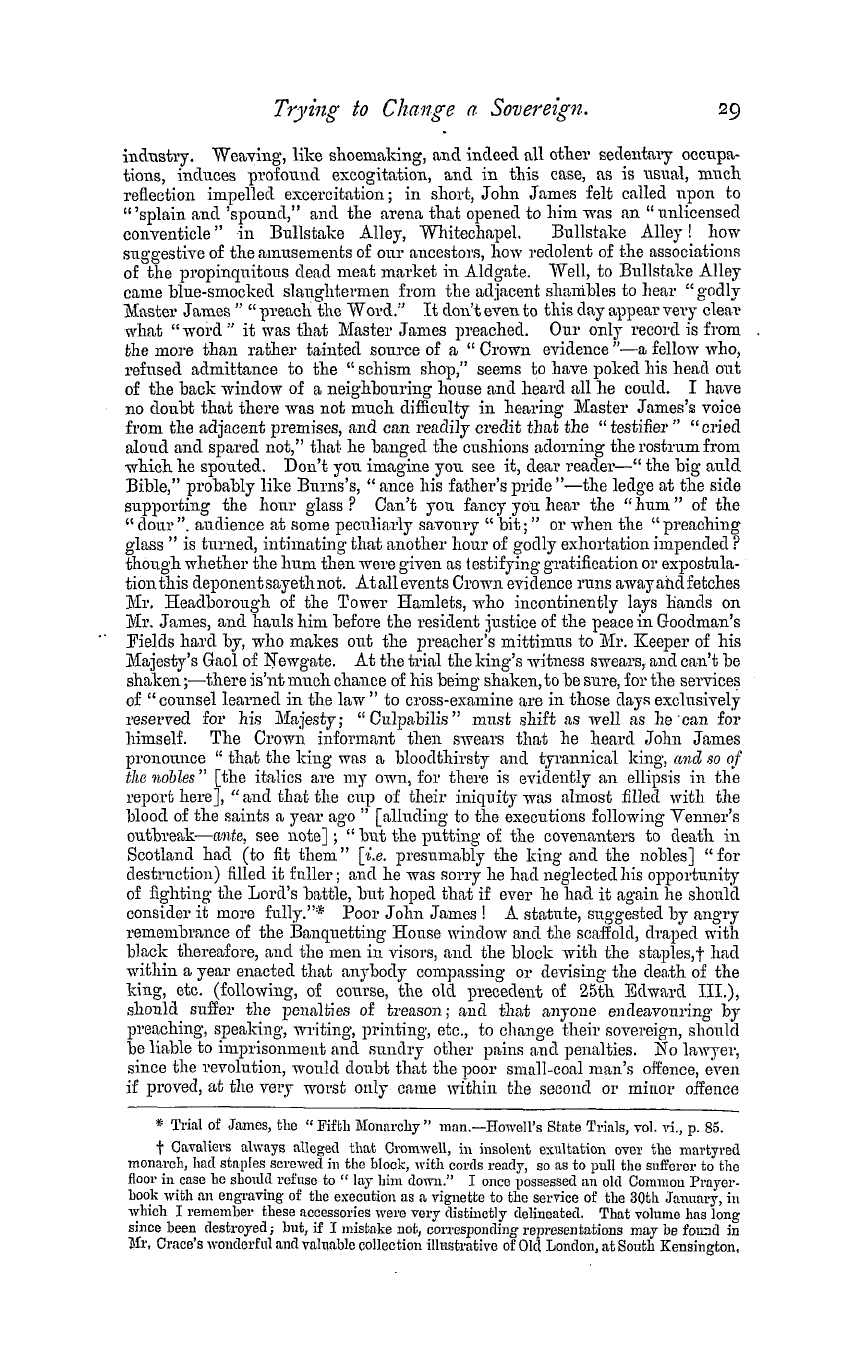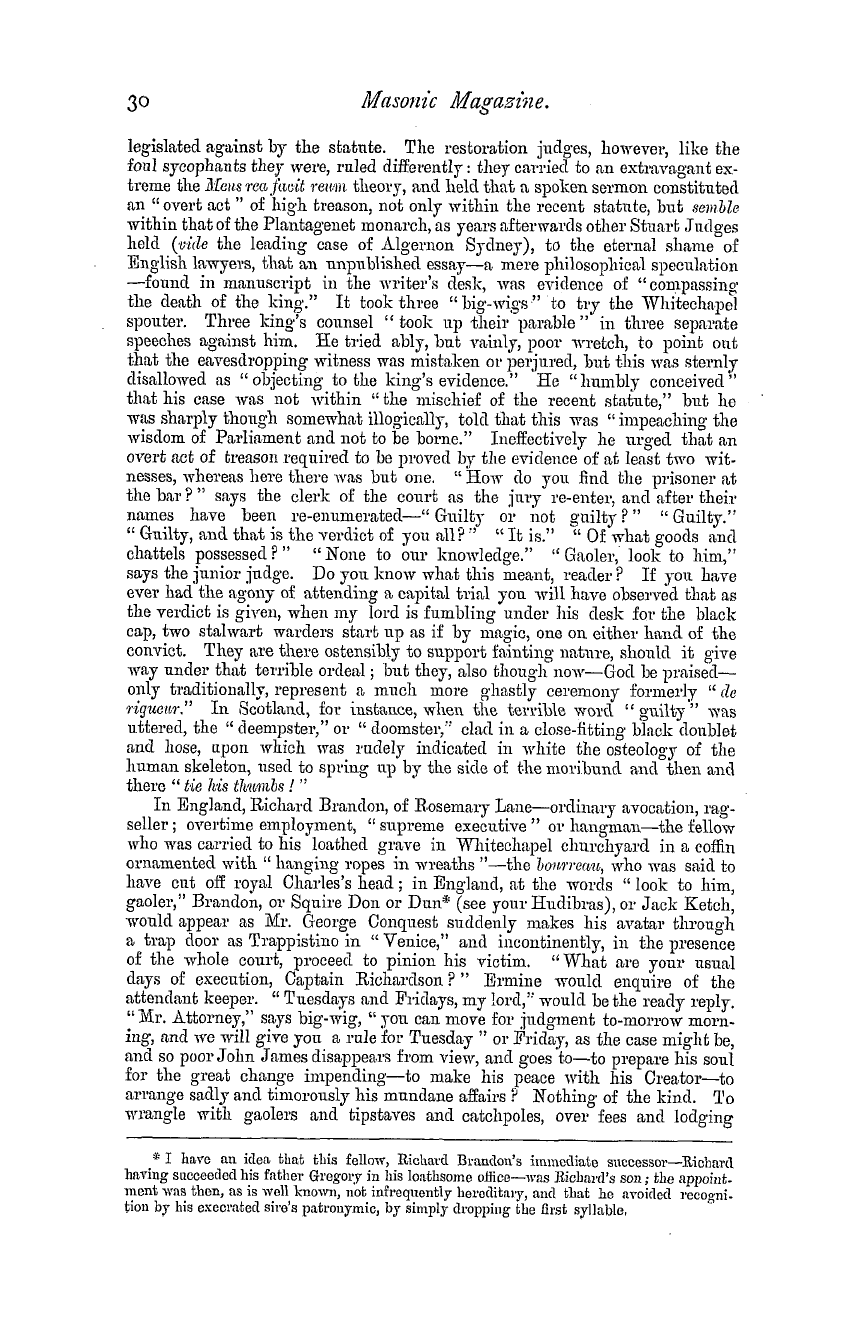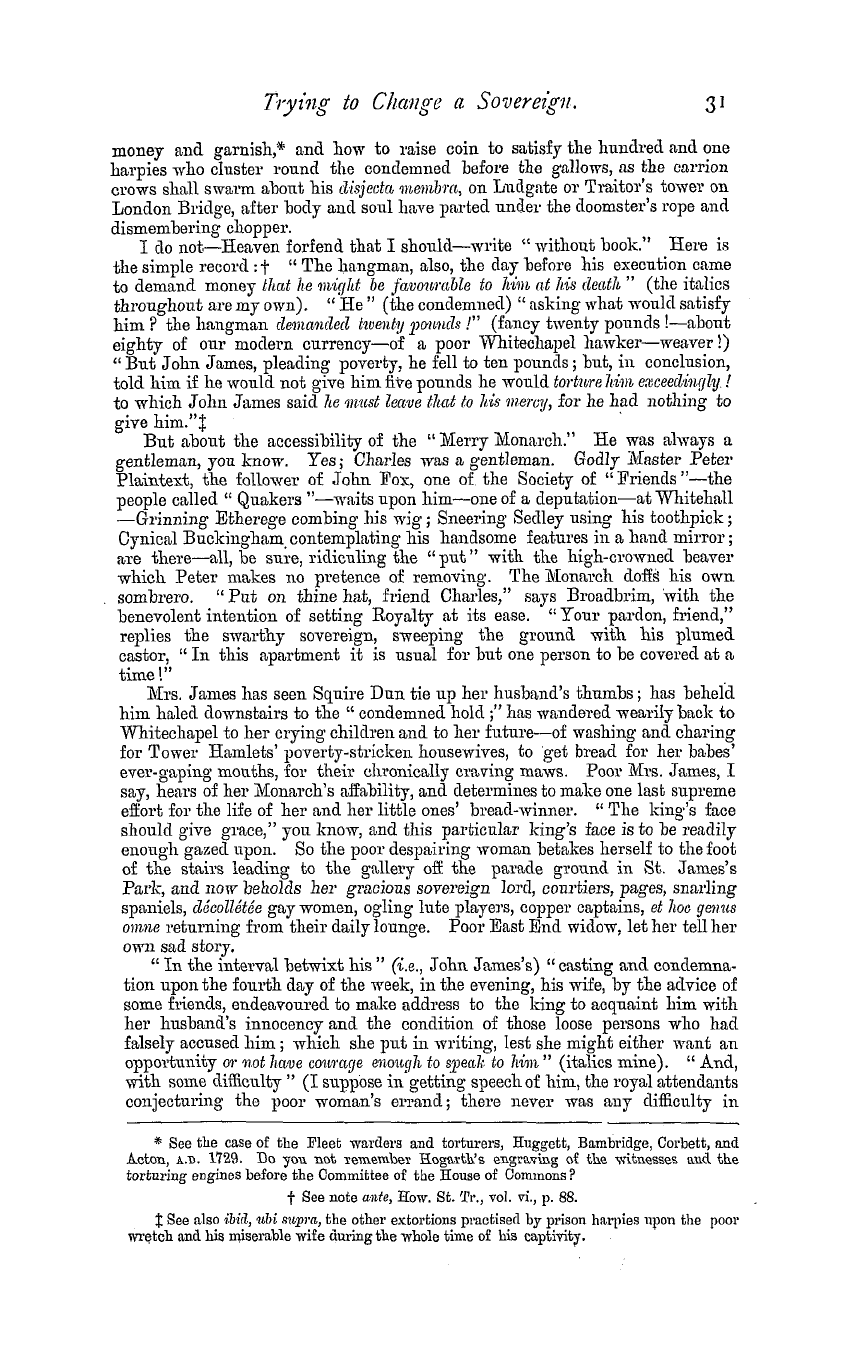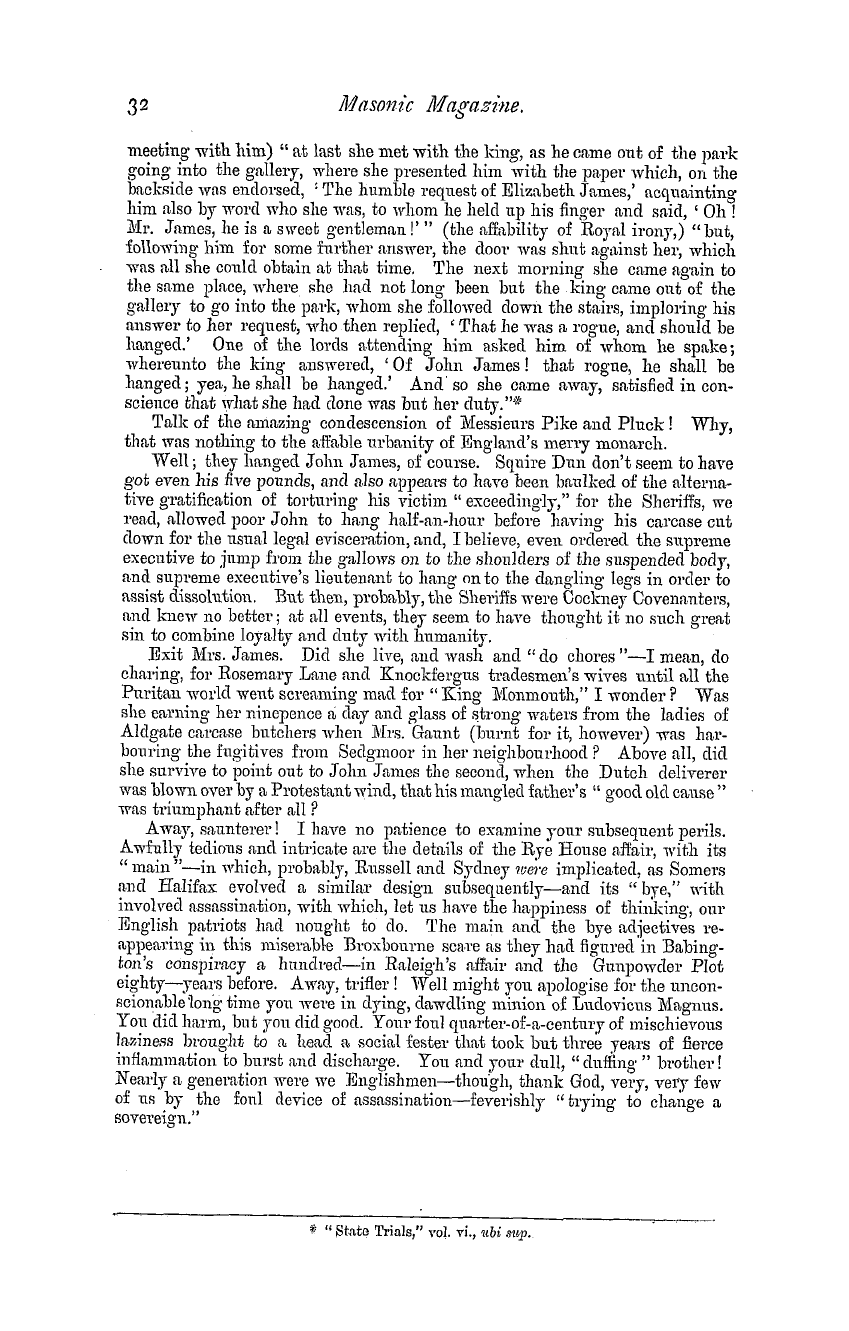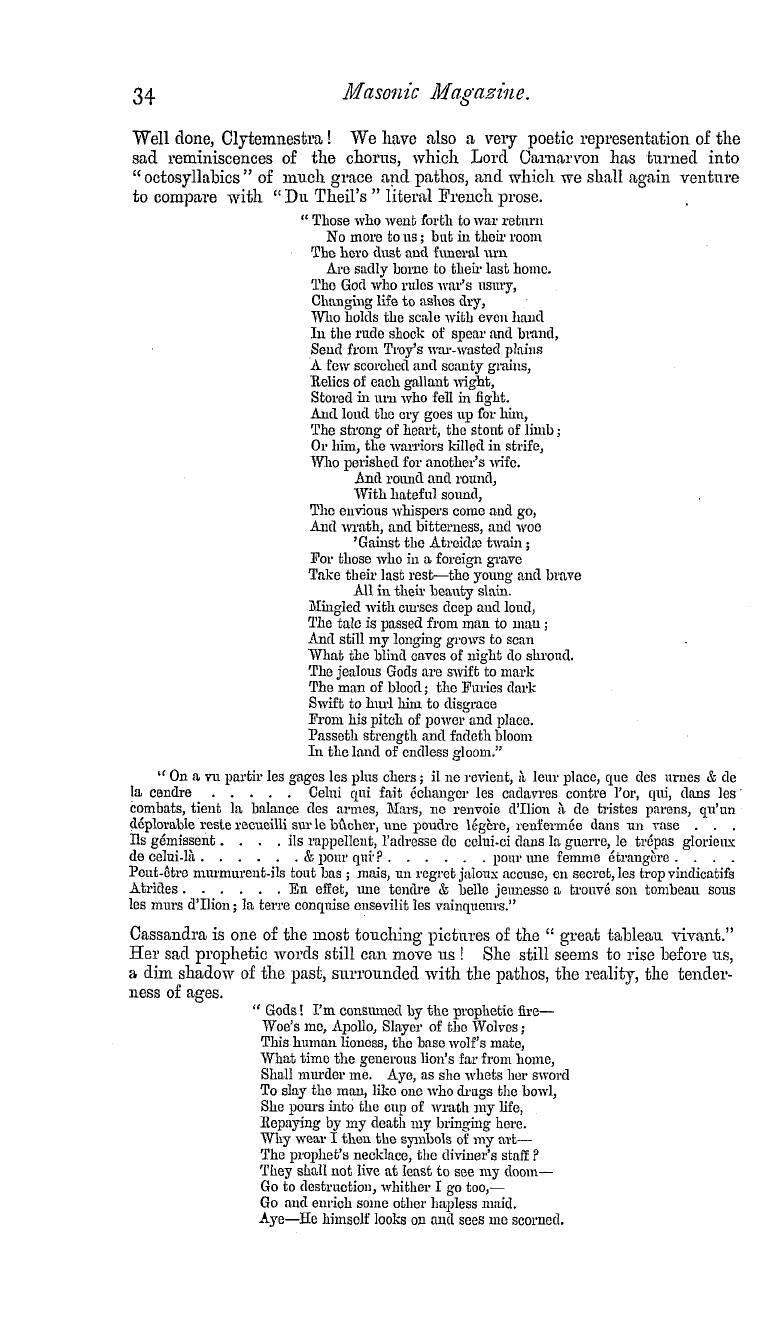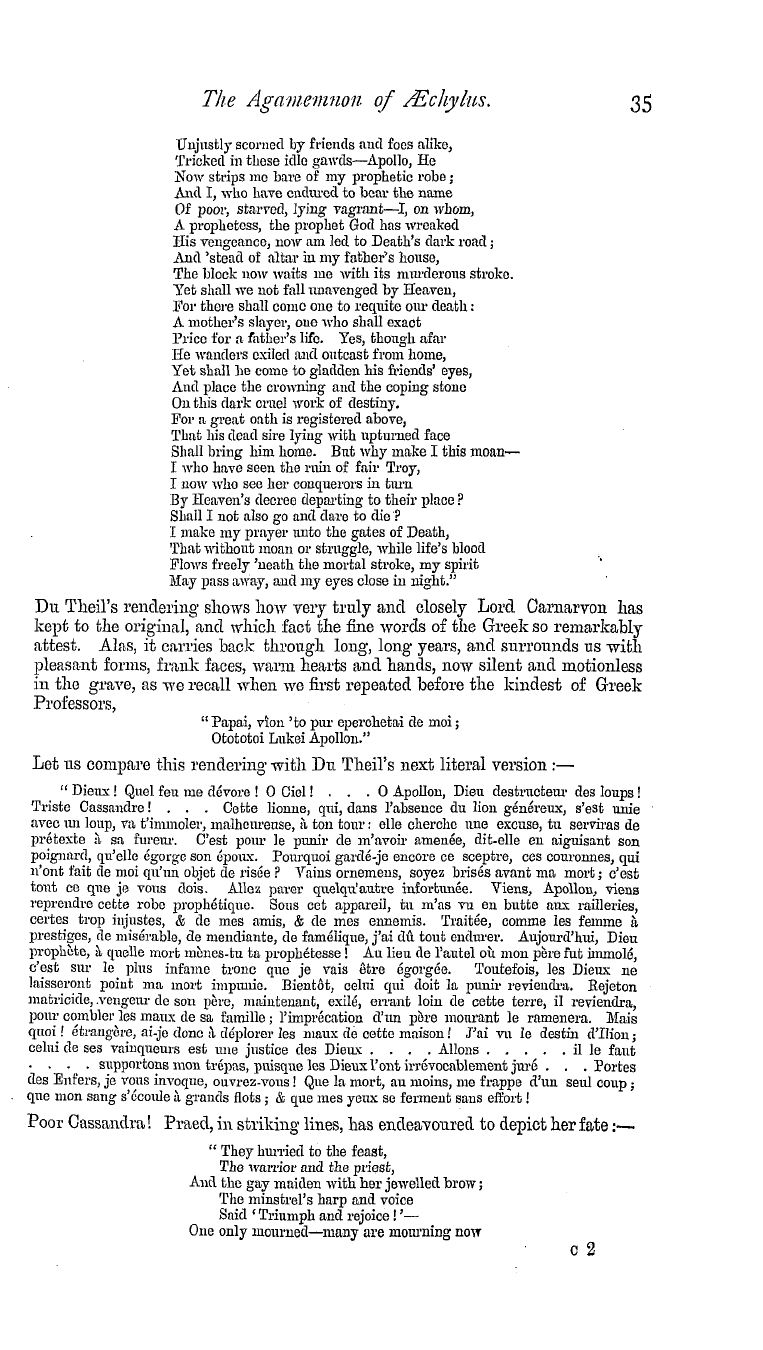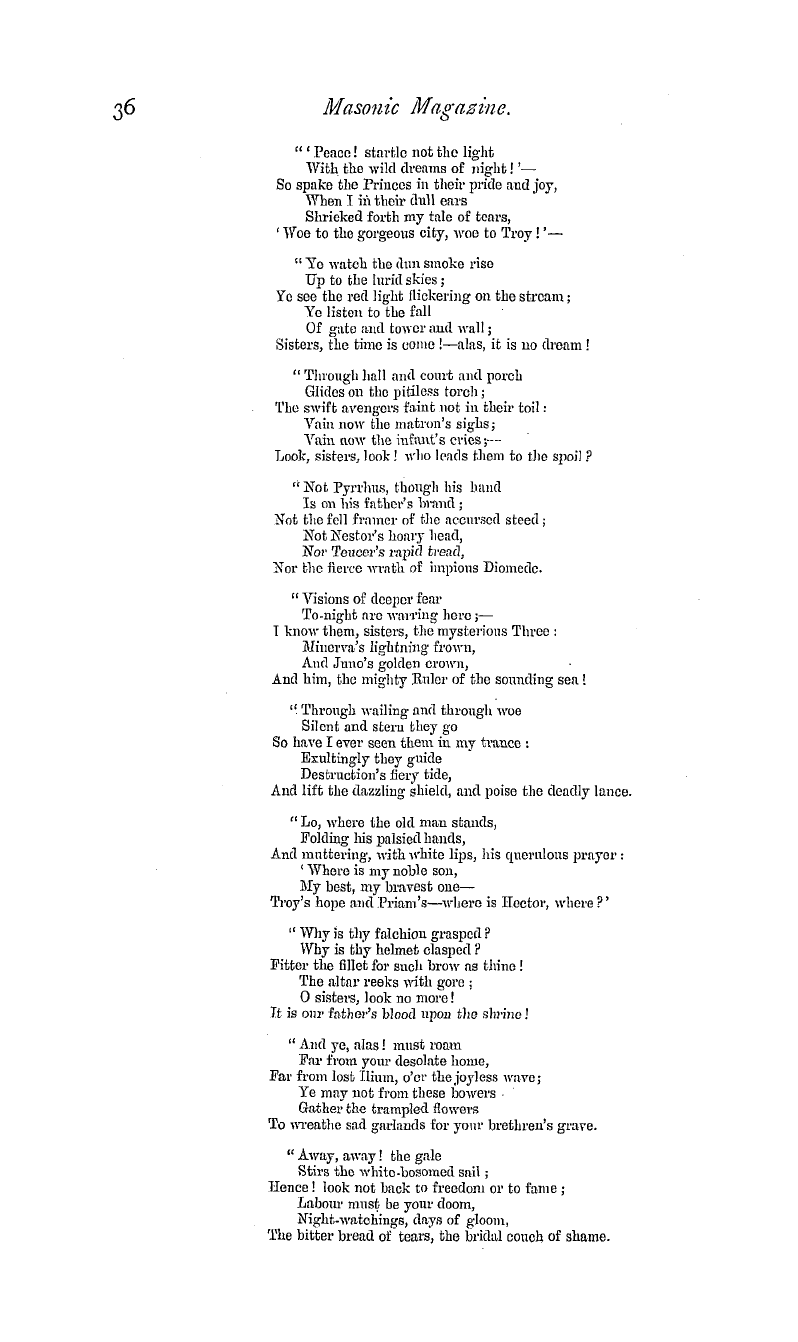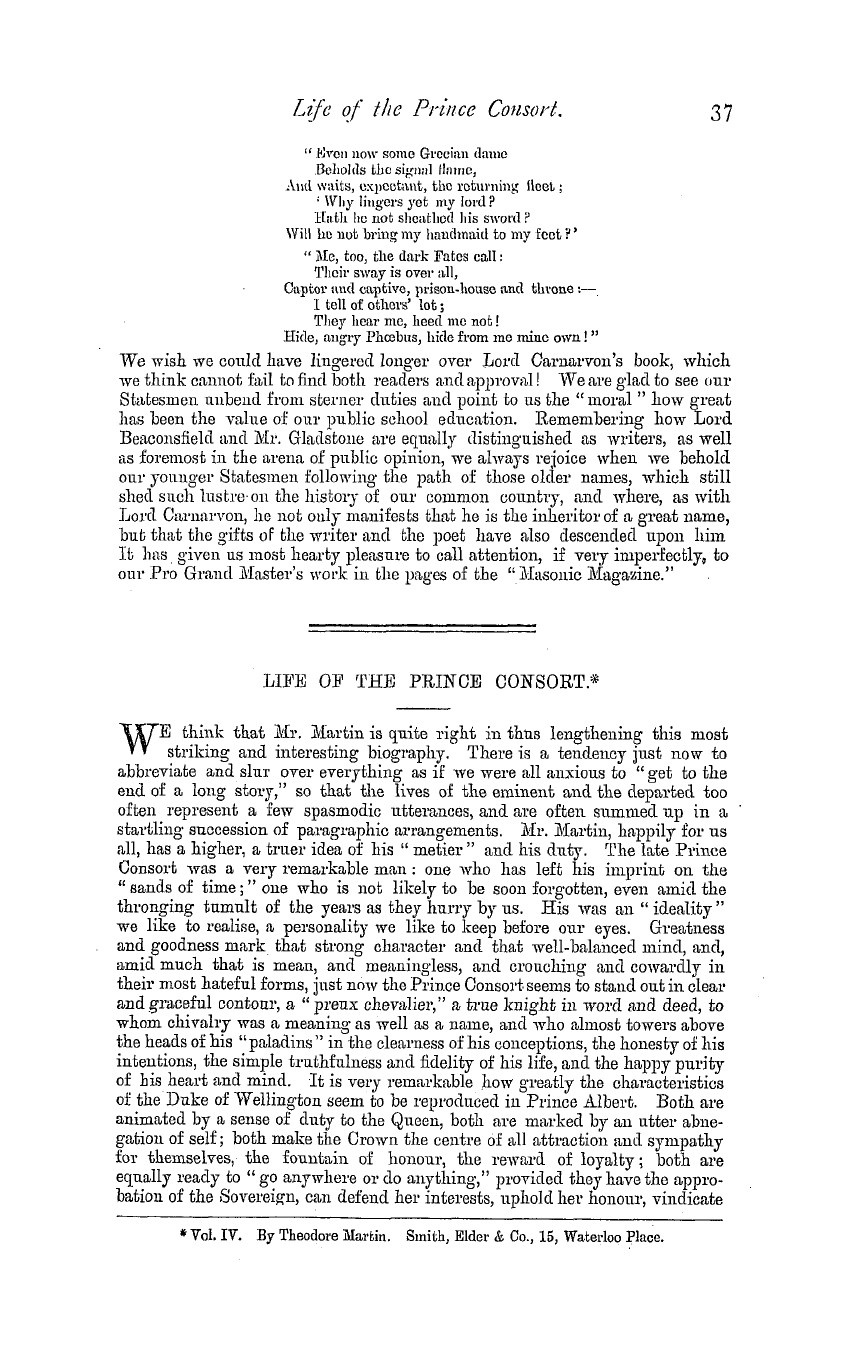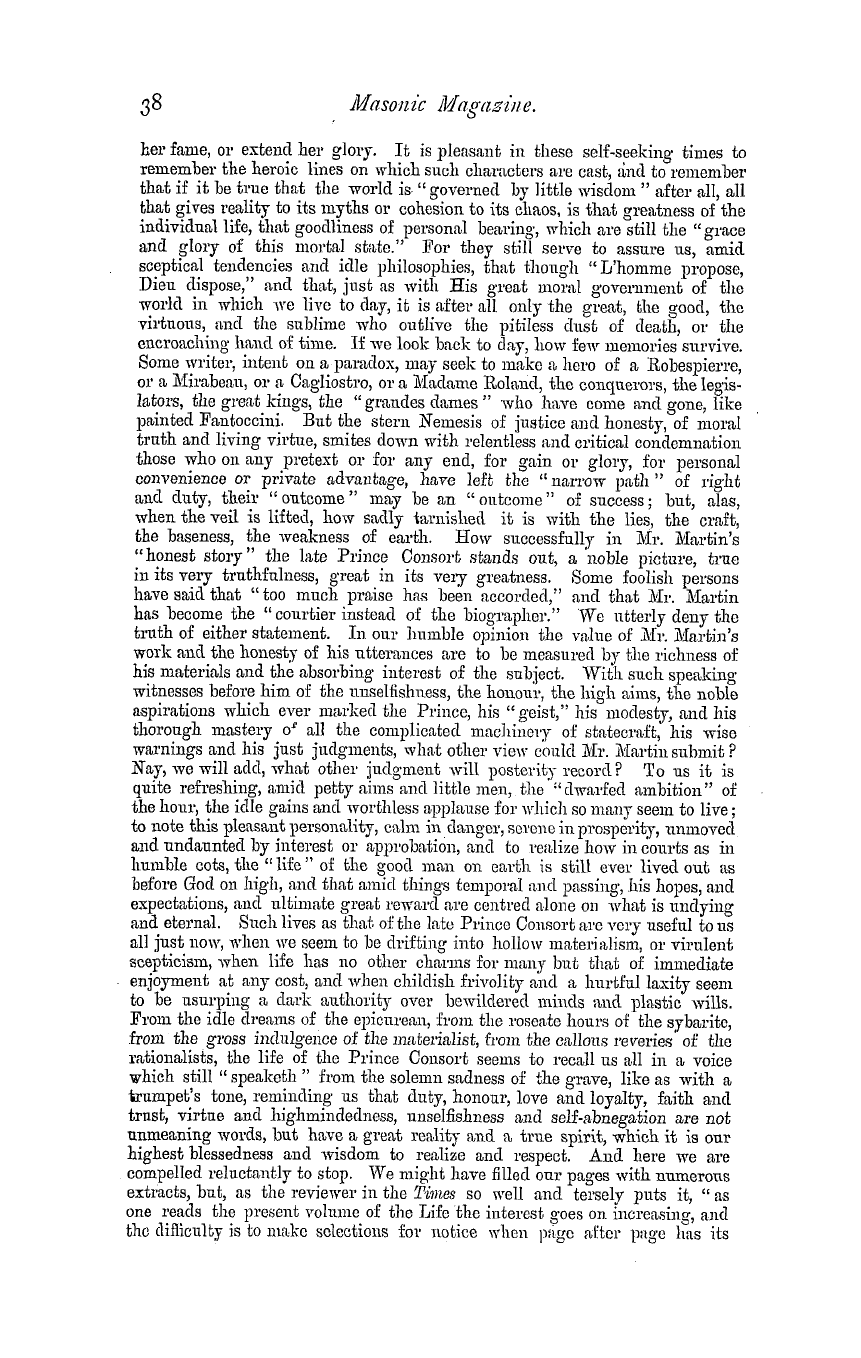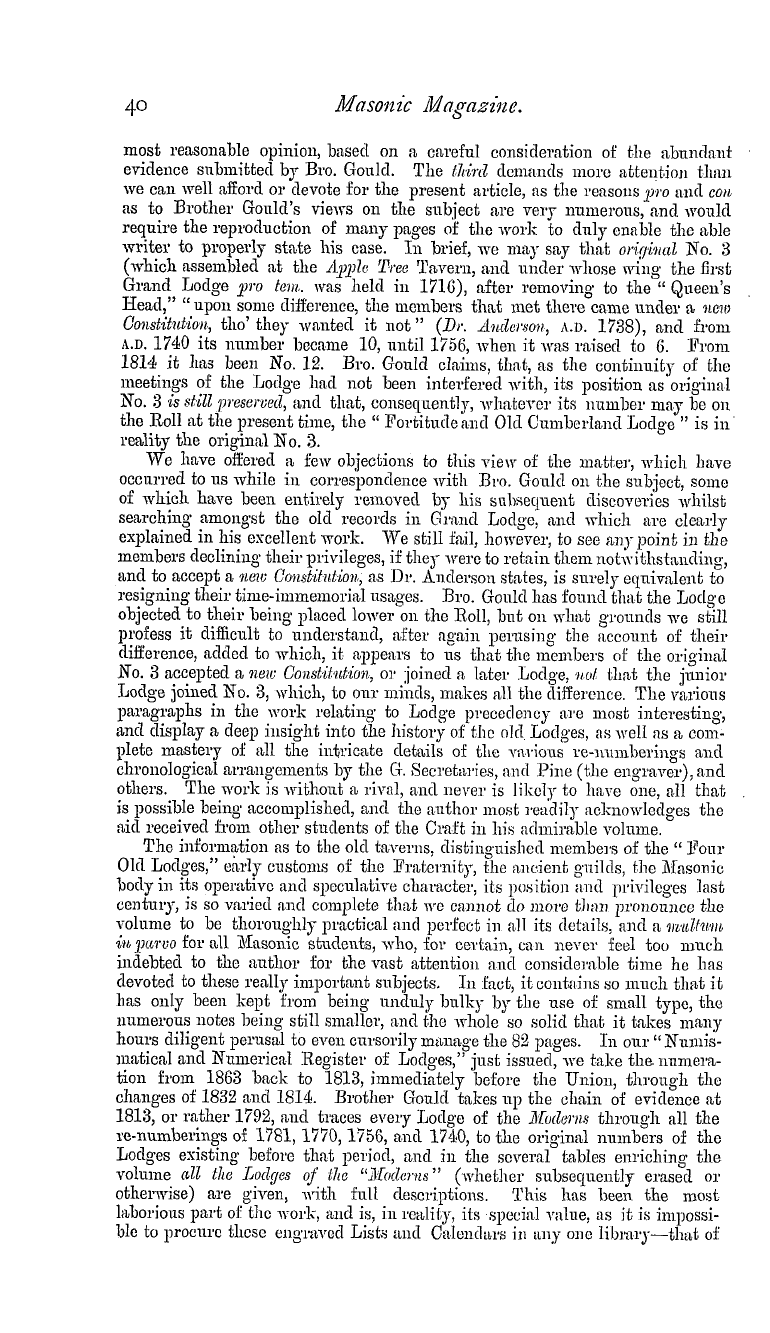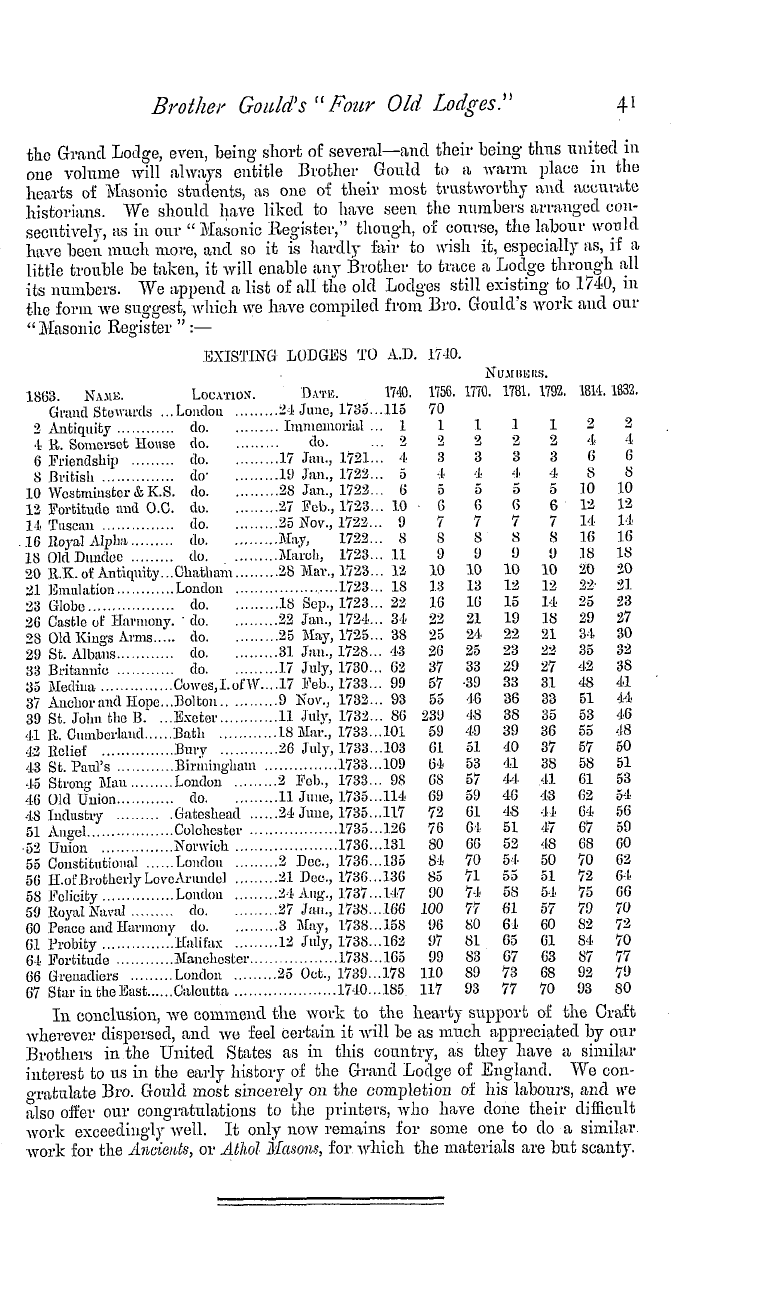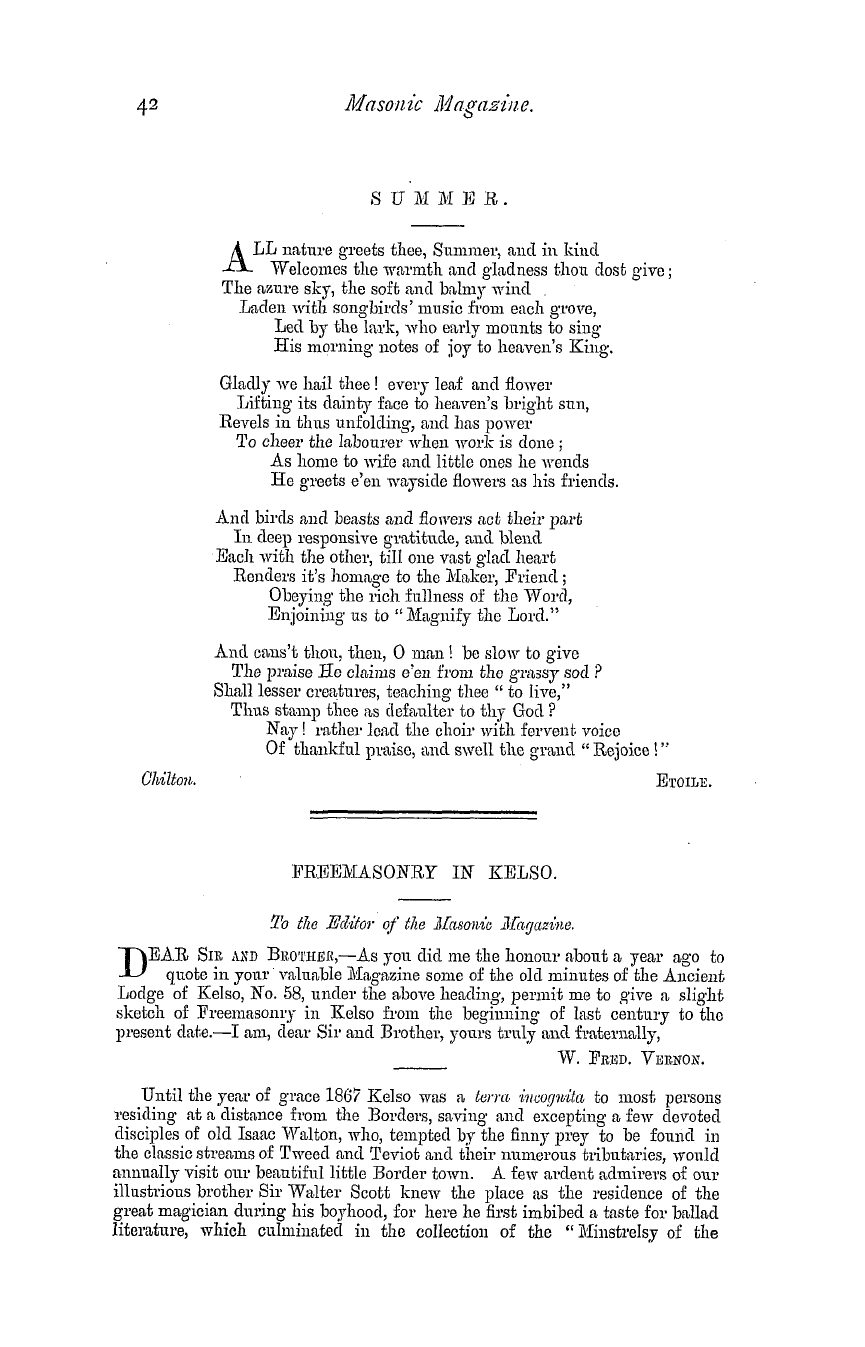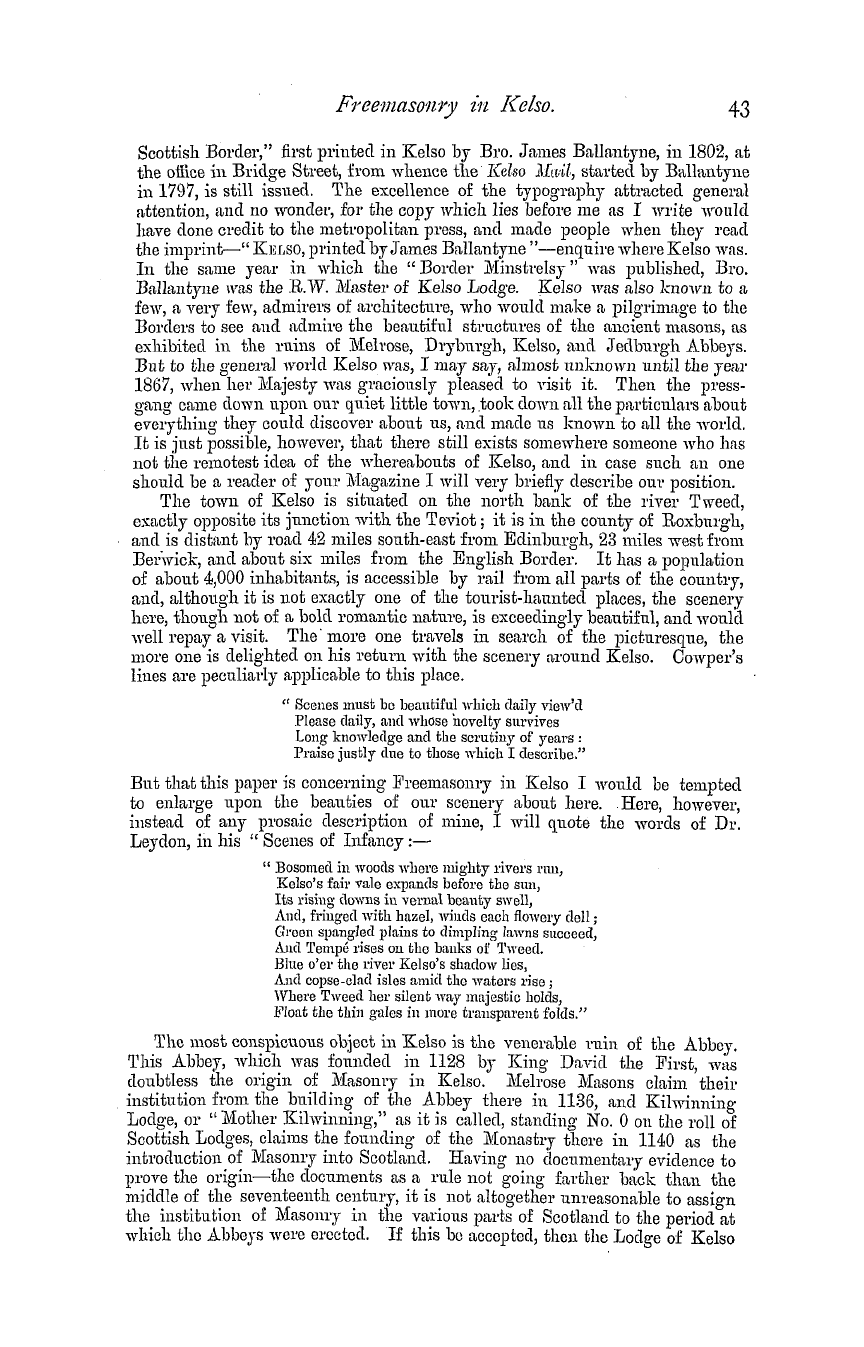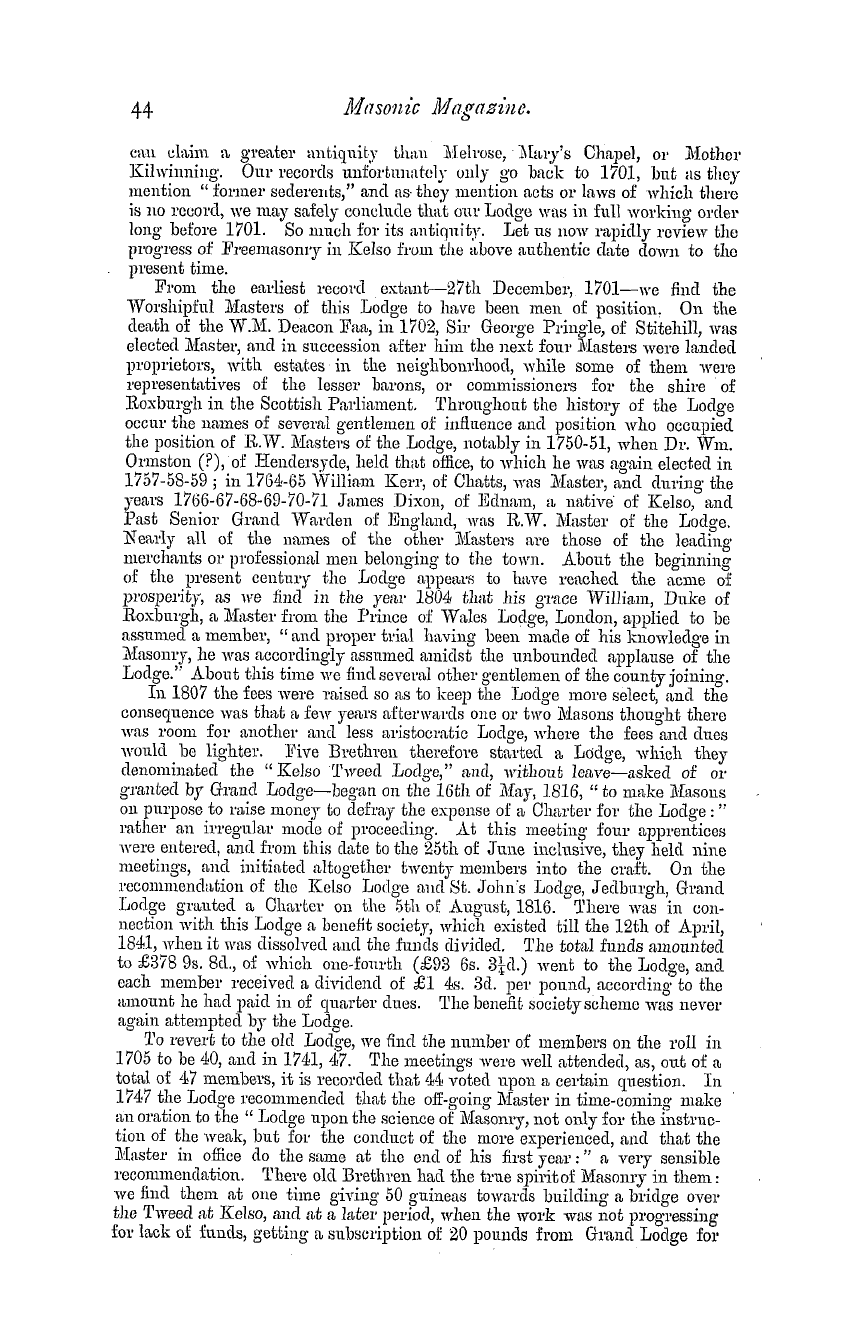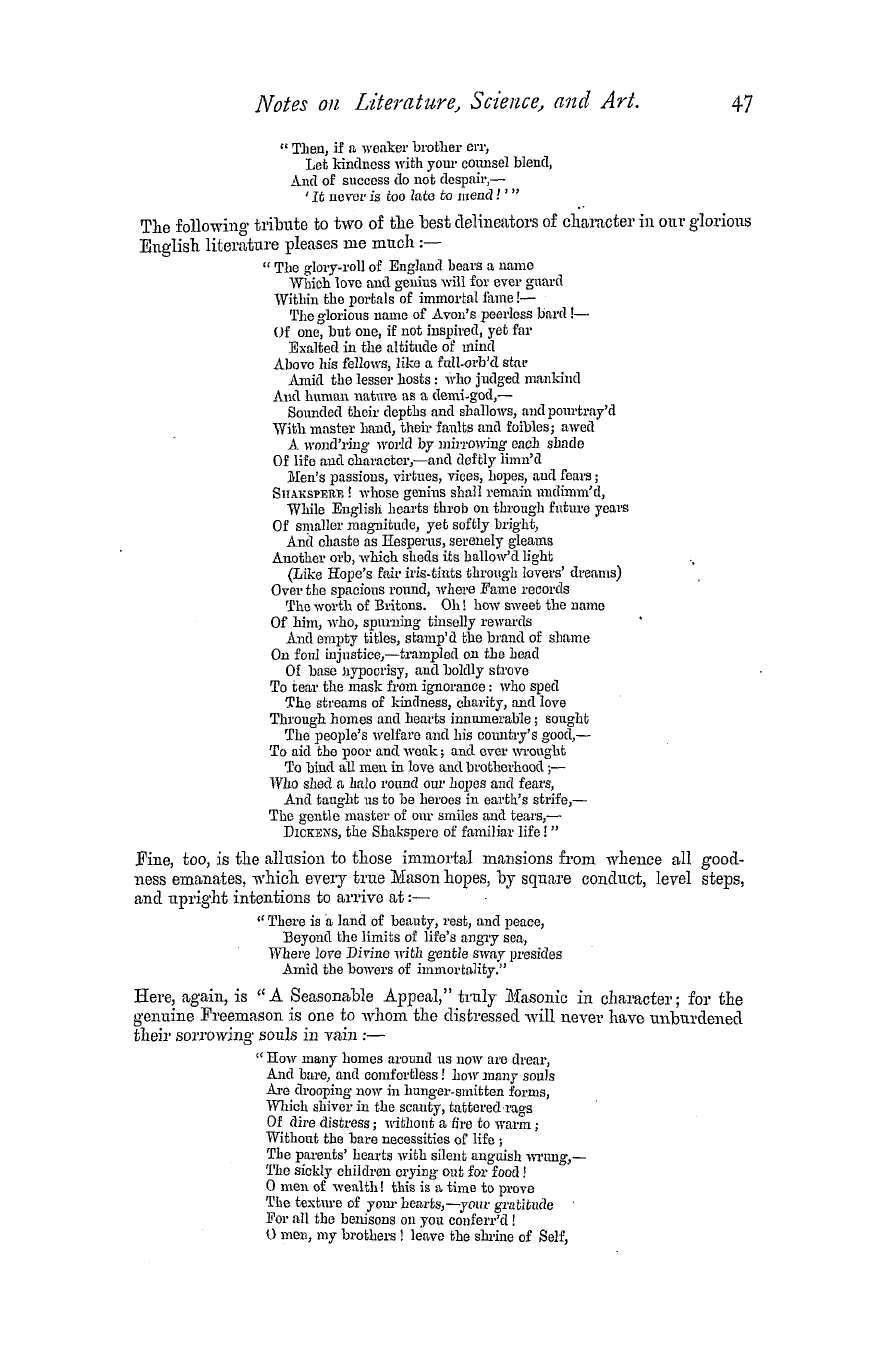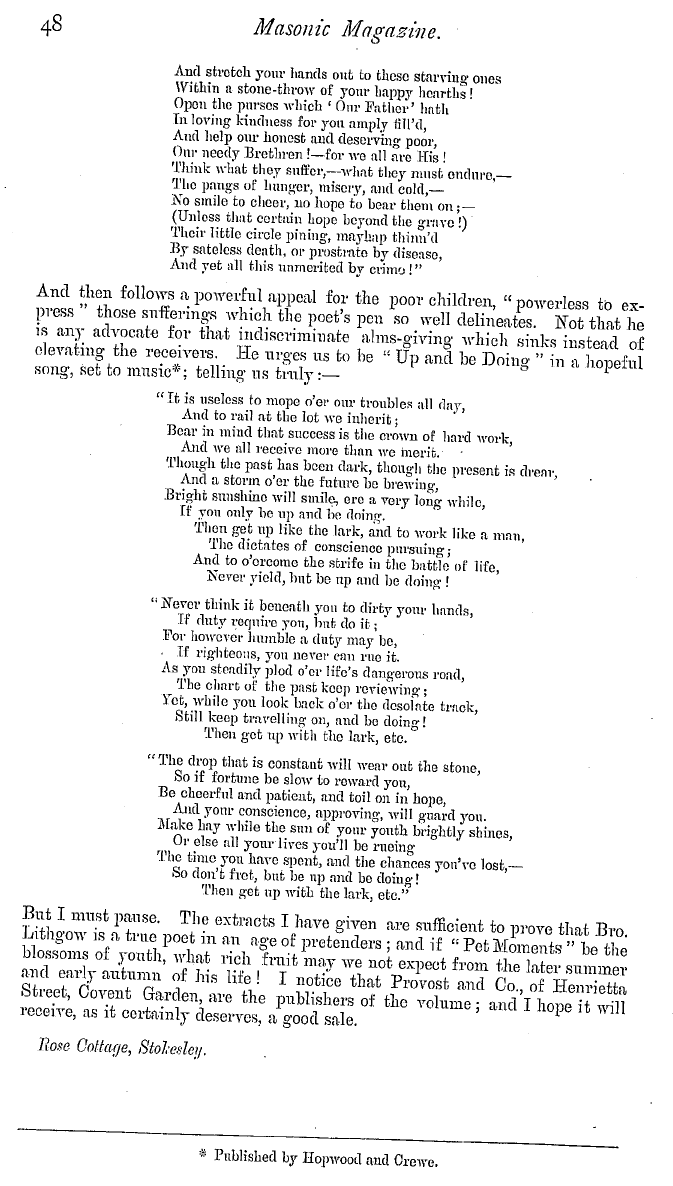-
Articles/Ads
Article ST. ALBAN'S ABBEY. ← Page 9 of 10 →
Note: This text has been automatically extracted via Optical Character Recognition (OCR) software.
St. Alban's Abbey.
encircled by a scroll , on which is a sentence from the " Te Deum . " It is also recorded that in his time the Lady Chapel was embellished with painting , and a small portion of the painted roof remains . The ceiling ofjthe Ante-Chapel has also been painted , and some traces of colour still remain . At this time , also , the beautiful monument of Humphrey , Duke of Gloucester on the south side of the Retrochoirwas erected . Abbot
, , Whetehamstede was a personal friend of the great duke , the honest Protector of his nephew King Henry VI . It is a curious fact that , though he could safely have expressed a severe opinion as to the cause of the sudden death of the duke , he furnishes us with the only contemporary testimony that the duke died a natural death , caused by excessive mental grief and anxiety ; whereas all the other writers of this period boldly assert that the sudden death of the which ori formed the
duke was owing to foul play . The monument ginally north side of a Chantry Chapel is a very beautiful specimen of Perpendicular work , adorned with rich canopies , numerous heraldic shields , etc . It is said to have been formerly decorated with colour . On the south side of the high altar is the Chantry Chapel of John cle Whetehamstede , erected during his life timeof lain characterand now occupied bthe brass of Abbot de
, very p , y la Mere . At this time , also , were inserted the large windows at the end of the transepts and at the west end of the nave ; and it is probable that at this time , also , the nave roof , about which there has recently been so unfortunate a controversy , was lowered to its present pitch . The western doors also seem to belong to this period . The noble hig h altar screen was erected by William de Walyngforde
( 1476 to 1484 ) . On this screen was formerly fixed a celebrated silver cross , the position of which can be distinctly traced . The screen is ornamented with numerous canopied niches , formerly containing images , and much adorned with colour . It is of the same character as those remaining at Winchester Cathedral ; at Christchurch Priory Church , Hampshire ; ancl St . Saviour ' s , Southwark ; and is certainly equal in beauty of design to any of these contemporary examples . During this abbacy the chapel of St . Saviour was added on the south side of the Lady Chapel , a small structure , shewing clearly
the decline in art which was now rapidly setting m . The only other addition worthy of mention is the fine Chantry of Abbot Ramridge ( 1492 to 1524 ) , on the north side of the Presbytery . This is perhaps the finest example of late Perpendicular architecture remaining , and exhibits in its details very clearly the influence which the Italian or Classical sty le was beginning to assert—a style which , for a subsequent period of 300 the Gothic architecturewhich the taste
years , entirely superseded , improved of the present day has again learned to appreciate ancl admire . When we read the letter of remonstrance directed by Cardinal Morton , Archbishop of Canterbury , in the time of Henry VII ., to the then Abbot of St . Albans , admonishing him on account of the extreme profligacy which was being openly indulged in by the Abbot and the Monks , we can hardly expect to find much money or reverential care expended on the Abbey Church at that time . There can be no doubt that if , as pointed out by Mr . Froude in an article in -one of his works called " Short Studies on Great Subjects , " the
state of St . Alban ' s Abbey was a fair specimen of the moral condition of the religious houses at the commencement of the sixteenth century , the action of Henry VIII . in dissolving the Monasteries , even though partially prompted by unworthy motives , was fully justified by the monstrous immorality which was being committed in these establishments , which had been originally founded by great and pious men to the glory of God and for the religious instruction and improvement of the people .
Such is a superficial account of the architectural details of the noble ^ Abbey Church of St . Alban ' s , which has been fortunately preseiwed ^ fo ^ iW time through the generosity of a certain clothier named Stump , wha , % t ffie & T u ff GRAN
Note: This text has been automatically extracted via Optical Character Recognition (OCR) software.
St. Alban's Abbey.
encircled by a scroll , on which is a sentence from the " Te Deum . " It is also recorded that in his time the Lady Chapel was embellished with painting , and a small portion of the painted roof remains . The ceiling ofjthe Ante-Chapel has also been painted , and some traces of colour still remain . At this time , also , the beautiful monument of Humphrey , Duke of Gloucester on the south side of the Retrochoirwas erected . Abbot
, , Whetehamstede was a personal friend of the great duke , the honest Protector of his nephew King Henry VI . It is a curious fact that , though he could safely have expressed a severe opinion as to the cause of the sudden death of the duke , he furnishes us with the only contemporary testimony that the duke died a natural death , caused by excessive mental grief and anxiety ; whereas all the other writers of this period boldly assert that the sudden death of the which ori formed the
duke was owing to foul play . The monument ginally north side of a Chantry Chapel is a very beautiful specimen of Perpendicular work , adorned with rich canopies , numerous heraldic shields , etc . It is said to have been formerly decorated with colour . On the south side of the high altar is the Chantry Chapel of John cle Whetehamstede , erected during his life timeof lain characterand now occupied bthe brass of Abbot de
, very p , y la Mere . At this time , also , were inserted the large windows at the end of the transepts and at the west end of the nave ; and it is probable that at this time , also , the nave roof , about which there has recently been so unfortunate a controversy , was lowered to its present pitch . The western doors also seem to belong to this period . The noble hig h altar screen was erected by William de Walyngforde
( 1476 to 1484 ) . On this screen was formerly fixed a celebrated silver cross , the position of which can be distinctly traced . The screen is ornamented with numerous canopied niches , formerly containing images , and much adorned with colour . It is of the same character as those remaining at Winchester Cathedral ; at Christchurch Priory Church , Hampshire ; ancl St . Saviour ' s , Southwark ; and is certainly equal in beauty of design to any of these contemporary examples . During this abbacy the chapel of St . Saviour was added on the south side of the Lady Chapel , a small structure , shewing clearly
the decline in art which was now rapidly setting m . The only other addition worthy of mention is the fine Chantry of Abbot Ramridge ( 1492 to 1524 ) , on the north side of the Presbytery . This is perhaps the finest example of late Perpendicular architecture remaining , and exhibits in its details very clearly the influence which the Italian or Classical sty le was beginning to assert—a style which , for a subsequent period of 300 the Gothic architecturewhich the taste
years , entirely superseded , improved of the present day has again learned to appreciate ancl admire . When we read the letter of remonstrance directed by Cardinal Morton , Archbishop of Canterbury , in the time of Henry VII ., to the then Abbot of St . Albans , admonishing him on account of the extreme profligacy which was being openly indulged in by the Abbot and the Monks , we can hardly expect to find much money or reverential care expended on the Abbey Church at that time . There can be no doubt that if , as pointed out by Mr . Froude in an article in -one of his works called " Short Studies on Great Subjects , " the
state of St . Alban ' s Abbey was a fair specimen of the moral condition of the religious houses at the commencement of the sixteenth century , the action of Henry VIII . in dissolving the Monasteries , even though partially prompted by unworthy motives , was fully justified by the monstrous immorality which was being committed in these establishments , which had been originally founded by great and pious men to the glory of God and for the religious instruction and improvement of the people .
Such is a superficial account of the architectural details of the noble ^ Abbey Church of St . Alban ' s , which has been fortunately preseiwed ^ fo ^ iW time through the generosity of a certain clothier named Stump , wha , % t ffie & T u ff GRAN
